To run the forums, host the website, and travel, I charge a universal service fee for my reviews. This in-depth review was sponsored by Electra. My goal is to be transparent and unbiased with you, this video and writeup are not meant to be an endorsement of Electra products. I welcome your corrections, additions, and feedback in the comments below and the Electra electric bike forums.
Observations:
- Electra introduced two brand new models in 2020 that both use the Bosch PowerTube 500 battery; the Vale Go! 9D and the Townie Path Go! 10D. The Vale introduces a more angular frame style and logo than most past Electra products, it only comes in step-thru frame style, is only available in one frame size, and utilizes thru-axles without quick release. To me, it’s quite unique in the Electra ebike lineup, and I appreciate that it comes in several gender-neutral colors
- Electra was launched in 1993, introduced the first Townie cruiser models with flat-foot geometry in 2003, and was acquired by Trek in 2014. Trek is one of the “big three” bicycle manufacturers in the US, along with Giant and Specialized. Trek started in 1975, making hand-brazed steel frames, and since then have grown into a global powerhouse in the cycling industry with distributors in 90 different countries and hundreds of dealers that assemble and support the products. For consumers, this means more opportunities for test rides, post-purchase support, and parts availability
Pros:
- The Electra Vale Go! 9D EQ offers a blend of hybrid and cruiser design elements that result in a sporty but comfortable ride. It’s only available in step-thru, making it approachable, but Electra really optimized stiffness, weight distribution, and performance to create a ride experience that is fairly unique
- Priced $400 below the Electra Townie Path Go!, the Vale Go! uses the same great PowerTube 500 battery pack and Schwalbe Super Moto-X puncture resistant tires with reflective stripes, while introducing sturdy 12mm thru-axles vs. 9mm quick-release
- The bike frame and paint-matched fenders are all aluminum alloy, making them lightweight and rust-proof. The design is sleek because the frame was hydroformed instead of just bent out of standard gauge tubing (you really see this on the form, which is tapered down to the axle mount)
- Feature-complete, this electric bicycle could be used for casual cruising or regular commuting in varied weather conditions. Note the fenders, stylized pannier rack, and integrated Spanninga lights
- Ebikes tend to be ridden more frequently and for longer distances, so Electra chose high-volume 2.4″ wide tires and an adjustable suspension seat post to dampen vibration and improve comfort. Note the riser handlebar, ergonomic grips, and wider saddle… That said, I found the Electra Townie Path Go! 10D to have an even more comfortable saddle, and you could always swap it aftermarket if you feel the same way
- Electra pioneered the Flat-Foot geometry, used on the Vale Go!, which pushes the bottom bracket (spindle and crank arms) forward from the seat tube. This allows riders to lower the saddle position for easy mounting and stabilization while still achieving maximum leg extension while riding
- I’m a big fan of the Bosch Kiox display panel because it’s fully removable (or lockable if you use the optional set screw), has a tough Gorilla Glass screen, delivers color readouts that are easy to interpret without actually reading (green for eco, red for turbo etc.), and it has a built-in Micro-USB port that can charge smartphone devices at 5 volt 1 amp output.
- The Kiox display has Bluetooth integration, so you can connect an Android or iOS device to get software updates, adjust settings, and track rides with the Bosch Ebike Connect App.
- The Kiox display also offers Bluetooth Low Energy (BLE), which can be used to connect to some heart rate monitors, including the Polar H7. This provides realtime heart rate data that compliments the onboard power meter (showing how much power you are exerting in Watts as a rider). These features let you manage workouts more effectively, almost like an exercise machine at the gym
- Good quality hydraulic disc brakes provide smooth stopping power without a lot of hand effort. Electra has opted for 180mm rotor up front and a smaller 160mm rotor in the back, which gets the job done. Tektro hardware is more value focused, but the adjustable-reach levers are going to work for a wide range of hand sizes and both levers will pull with similar resistance vs. mechanical, which often has more resistance for the rear brake (right lever)
- Good drivetrain here, the 9-speed Shimano setup shifts smoothly and is reliable with a mid-range Alivio derailleur. Note the clear sticker slap guard to protect the right chainstay paint, and the aluminum alloy chainring guard to keep the chain on track, keep your pant or skirt ends clean, and protect the bottom bracket from log/rock strikes
- The bike is very quiet, in part due to the toned down Bosch Active Line motor, but also because there’s no chain cover and the fenders are extra wide and sturdy, with the stylized rack acting as an extra-thick support arm. I tested it going off curbs and through bumpy grass in the video review above
- The front fender is connected directly to the fork with fixed metal stays, meaning it won’t bump out of position easily. Notice also that there are additional threaded eyelets on the front fork for possibly mounting a front rack?
- Trek has this ABC safety campaign of “always on, biomotion, contrast” which you can see in the silver accents, reflective tires, and integrated lights here on the Electra Vale Go! 9D. The headlight is mounted to the base of the steer tube
- Great kickstand position, it’s far back, clear of the left crank arm so you won’t get heel strikes when pedaling. It’s also positioned directly below the rack to support heavier loads
- Trek designed a battery system called RIB (removable integrated battery) that is basically a shield with a handle that is screwed onto the Bosch PowerTube battery pack. This RIB system is easy to remove from the right side of the frame and safer to carry around. You can charge the battery on or off the bike. Electra borrows this same battery design for their Vale Go! and Path Go! models
- You can reduce the weight of the bike by 7.1lbs by removing the battery pack. This is a great approach for lifting the bike or transporting it on car racks. I have been taught that storing the bike at half full and away from extreme heat is best for lithium-ion cells. Extreme cold will temporarily stunt the battery, and limit range, but isn’t as damaging as extreme heat
- The battery pack locks into the frame using an ABUS core with PLUS keys that can be matched to ABUS locks, it’s a great setup and one of the highest-end locksets around, more info on the official ABUS website… if you opt for the Electra Townie Path Go! model, the bike actually comes with an ABUS frame lock to secure the rear wheel that is already keyed alike
- Trek chose the 4 amp Bosch charger for faster turnaround times. The charger is relatively lightweight, compact, and can fill the battery on or off the frame without the need for any dongles. The proprietary plug interface is durable and won’t get confused with other charging devices you might own… it’s my favorite ebike charger!
- The Bosch Active Line Plus motor is super quiet and efficient, offers enough torque for city riding and moderate hills (if you shift gears appropriately), and lets you cycle the chain backwards through the drivetrain which can be handy for lubing the chain and performing bike maintenance without a stand
- The Bosch electric bike motor controller measures rear wheel speed, pedal cadence, and pedal torque over 1,000 times per second and is one of the more reliable and reputable ebike drive systems around. Bosch has partnered with Magura in North America to provide great customer support if issues arise. The motor even offers shift detection, which reduces chain and drivetrain wear by easing power back when it senses gear changes in motion
- Electra/Trek, Shimano, and Bosch probably worked together so that the rear wheel speed sensor could be mounted to the disc brake rotor mount vs. the wheel spoke. This means the sensor will be more durable and read with more accuracy over time. It won’t imbalance the wheel or make one spoke loose over time… it’s a great little upgrade that is only seen on the Vale Go! and not the Path Go! interestingly
- With the compact motor and internally mounted Bosch Powertube battery pack, this ebike is fairly stealthy. It doesn’t stand out, doesn’t produce a lot of noise, the cables are mostly internally routed, and the ebike system weight is kept low and center for optimal handling
Cons:
- If we compare this ebike to the more expensive Electra Townie Path Go! 10D, we notice that it is $400 less expensive and ~2lbs lighter but has inferior lights (plastic Spanninga vs. alloy-encased Supernova that use more LEDs and are brighter), it lacks a full chain cover, it doesn’t come with a frame lock, and it has a more limited-use rear rack with no flat portion on top for trunk bags or child seats (I wasn’t able to find a max weight recommendation either). The biggest difference however, is the less powerful Bosch Active Line Plus motor vs. Performance Line (50Nm of torque vs. 65Nm) and a different display panel (Bosch Kiox vs. Bosch SmartphoneHub)
- The Bosch Active Line Plus motor is very quiet and efficient, but it doesn’t offer the same high torque power as Performance Line motors and cadence support is limited to 105RPM vs. 120RPM. That means, if you switch gears down while heading into a big climb, the motor might not be able to keep up with your fast pedaling. If you slow down as a result and need to downshift again, the motor may struggle ongoing until you’re riding at a much lower speed… this isn’t the end of the world, it’s just not as flexible for high-cadence pedaling and sporty riding
- The Bosch Active Line and MY20 Performance Line motors introduce a sort of “clunk” feeling when I stop pedaling. It’s like there’s some inertia built up in the motor or drivetrain that dissipates with a feeling and sound that the higher-end Performance Line Speed and CX motors do not have… perhaps this isn’t as noticeable with time if the motor breaks in? I mainly test brand new ebikes but almost always notice this “clunk” feeling, which I describe in the video review above
- The location of the battery charging port is very low on the left side of the seat tube, pretty close to the left crank arm. When plugged in, the charging cable actually blocks the rotation path of the left crank, so be careful not to bump the pedals, or consider charging the battery off the bike. It would be physically easier to reach and safer to have the charging port positioned up high on the right side of the bike
- Part of me really likes the Removable Integrated Battery RIB casing design that Electra is borrowing from its parent brand Trek here, because of the built-in handle and right-side removability from the frame. However, I dislike that it adds roughly 1.3lbs to the battery, that the shield is color-matched to the bike (making it less attractive to swap between other Electra/Trek models if you own multiple bikes), that the locking core is positioned on the left side of the frame vs. the right, and that the key must be used to mount the battery vs. simply pushing hard on the case to click it into the frame
- The steel chainring is very standard, there’s no narrow-wide tooth pattern or guide element to help retain the chain. It could hop off inwards towards the motor casing on very rough terrain, but this is a minor concern for a cruiser ebike with city tires and no suspension
- The headlight is bright and aimable, but doesn’t have side windows for maximum visibility. I noticed that the Vale Go! 9D didn’t come with a bell for signaling other riders like the Townie Path Go! 10D
- The bike is only available in one frame size and style, the step-thru. I find that interesting considering that the Electra Townie Path Go! is being produced in both step-thru and high-step
- Considering the relatively high price of these electric bikes, some people might wonder why Electra didn’t opt for the super high capacity Bosch PowerTube 625 battery. I suspect that the longer dimension of that pack wouldn’t allow for the shorter downtube and step-thru frame styles on the Vale and Path models.
- This is a minor thing, but I feel like the bottle cage position is too low. If you actually add a bottle cage to the top tube on this ebike, it will be positioned exactly where you step-thru the frame and could easily get kicked. I like where Trek placed the Bottle cage on their step-thru Allant+ models, much higher up towards the stem… but at least it comes with bottle cage bosses at all ;)
- The Bosch Active Line and Performance Line motors have a larger q-factor than competing mid-drive units from Shimano, Yamaha, and Brose. The width is 175mm, and that spaces the crank arms out a bit further… not that big of a deal, but worth mentioning because a standard analog bicycle q-factor is 145mm to 157mm on road, city, and gravel bikes
- Neither wheel is setup with quick release, you’ll need a 5mm and 6mm hex key wrench to get both wheels off. That could be inconvenient in the event of a flat tire… and finding alternative quick release hardware may be difficult due to the unique 12mm thru-axles used on the Vale Go!
- As with any premium electric bike with name brand components and a leading drive system that is custom-integrated into the frame, this ebike costs more money, but at least it is sold through a vast network dealers who can offer support and comes with a great 2+ year comprehensive warranty
Useful Resources:
- Official Electra website
- Bosch Kiox ebike display settings
- Electra ebike shop directory to find an Electra/Trek dealer near you for fitting and test rides

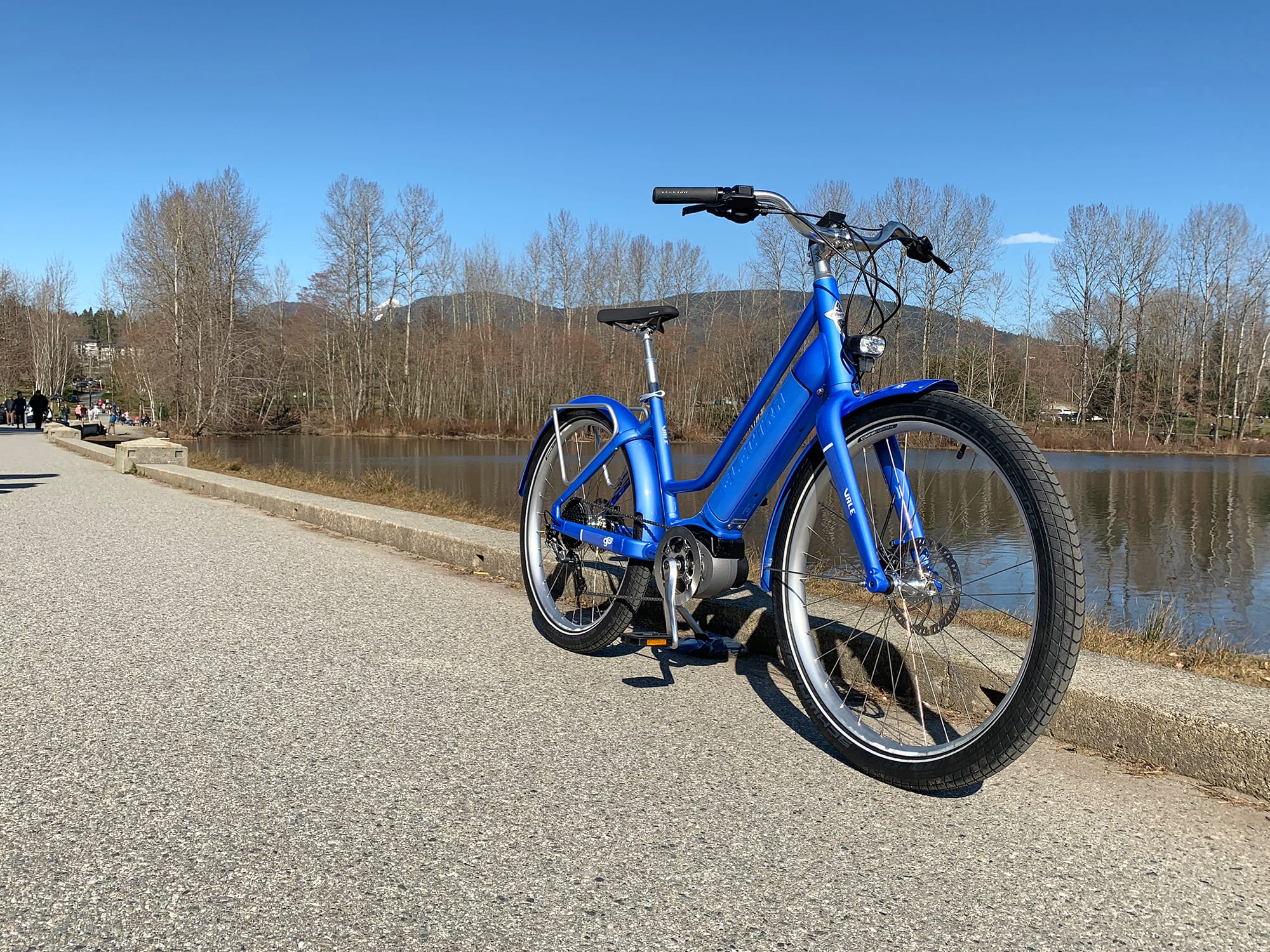
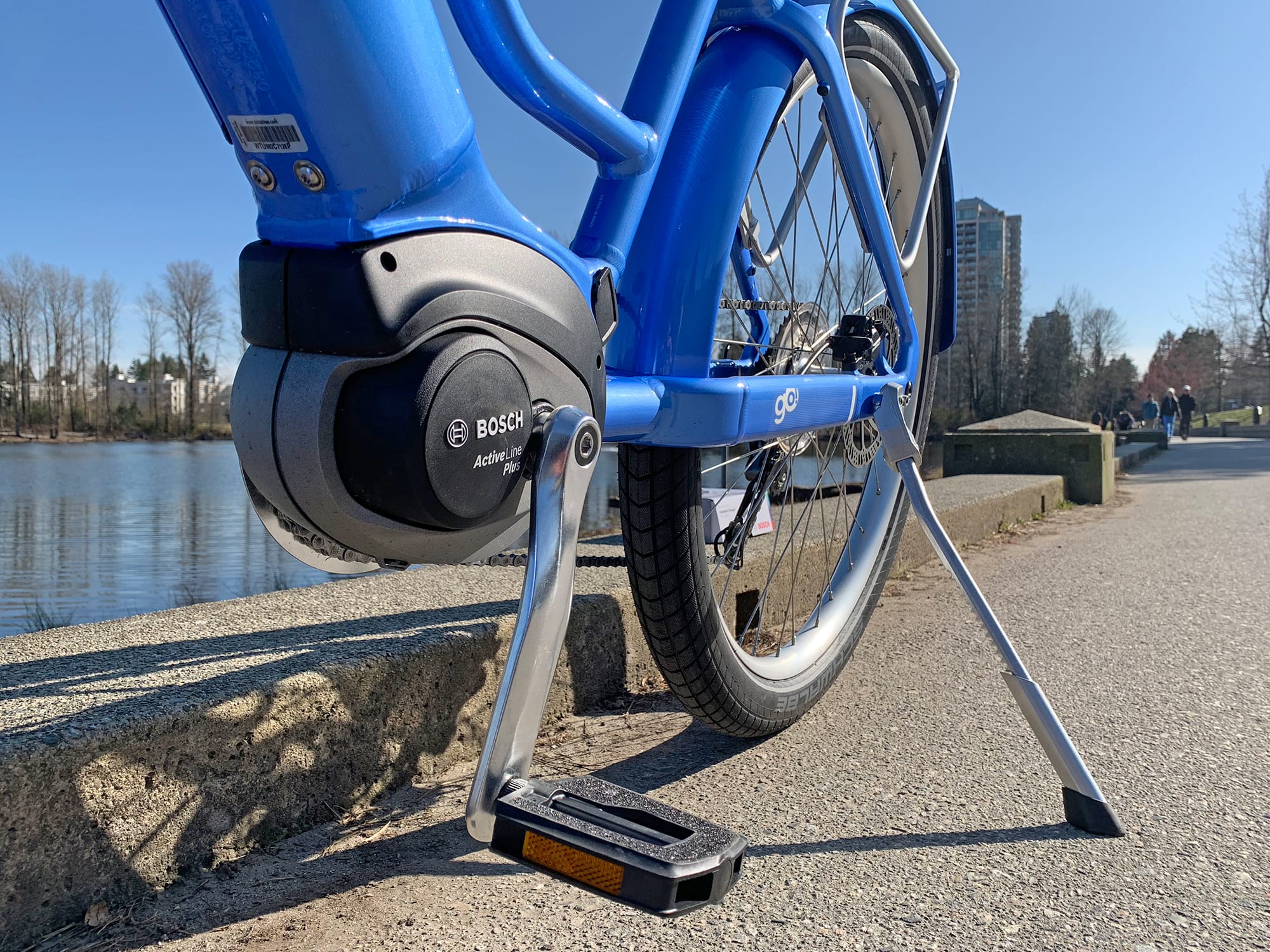
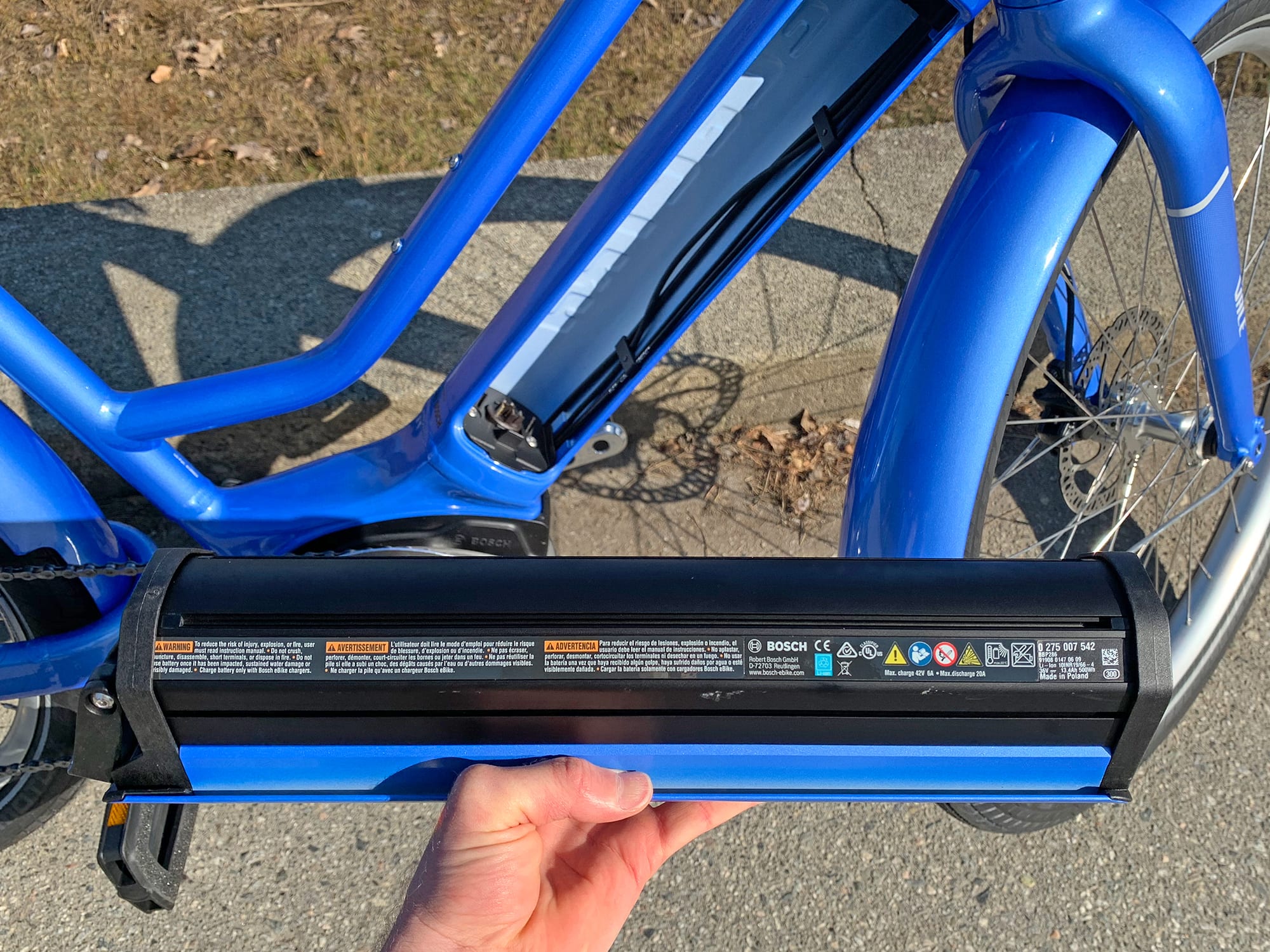
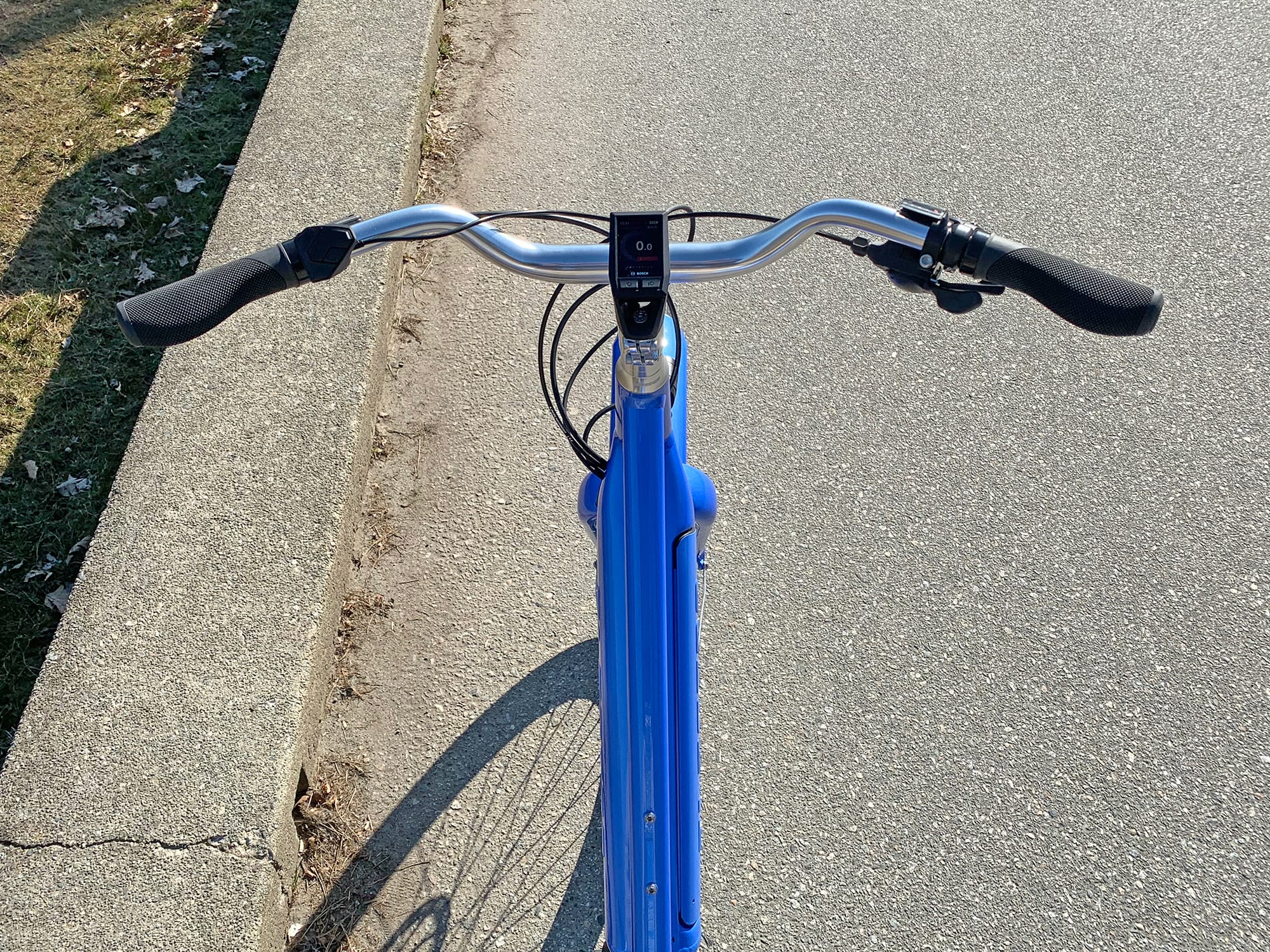
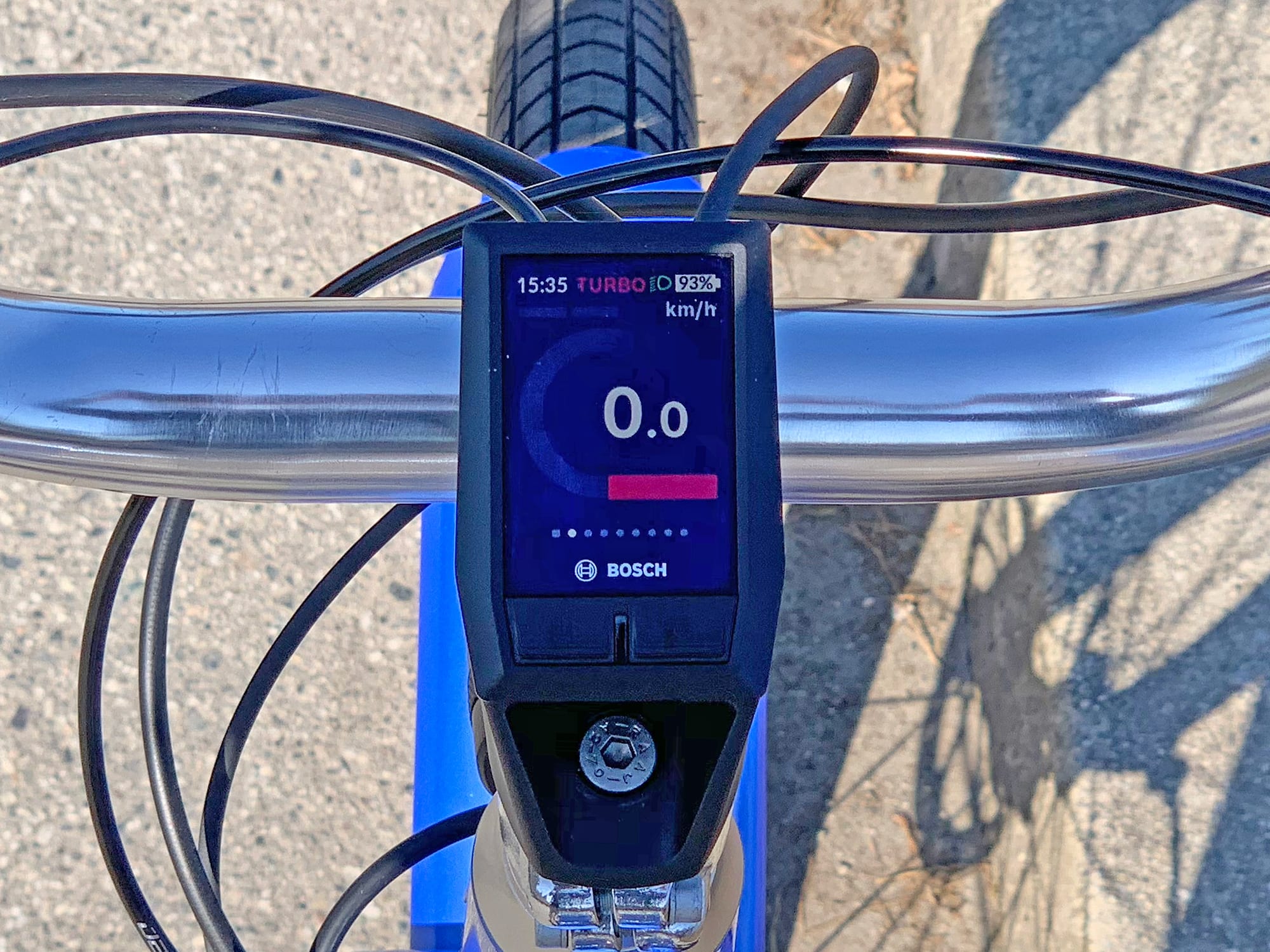
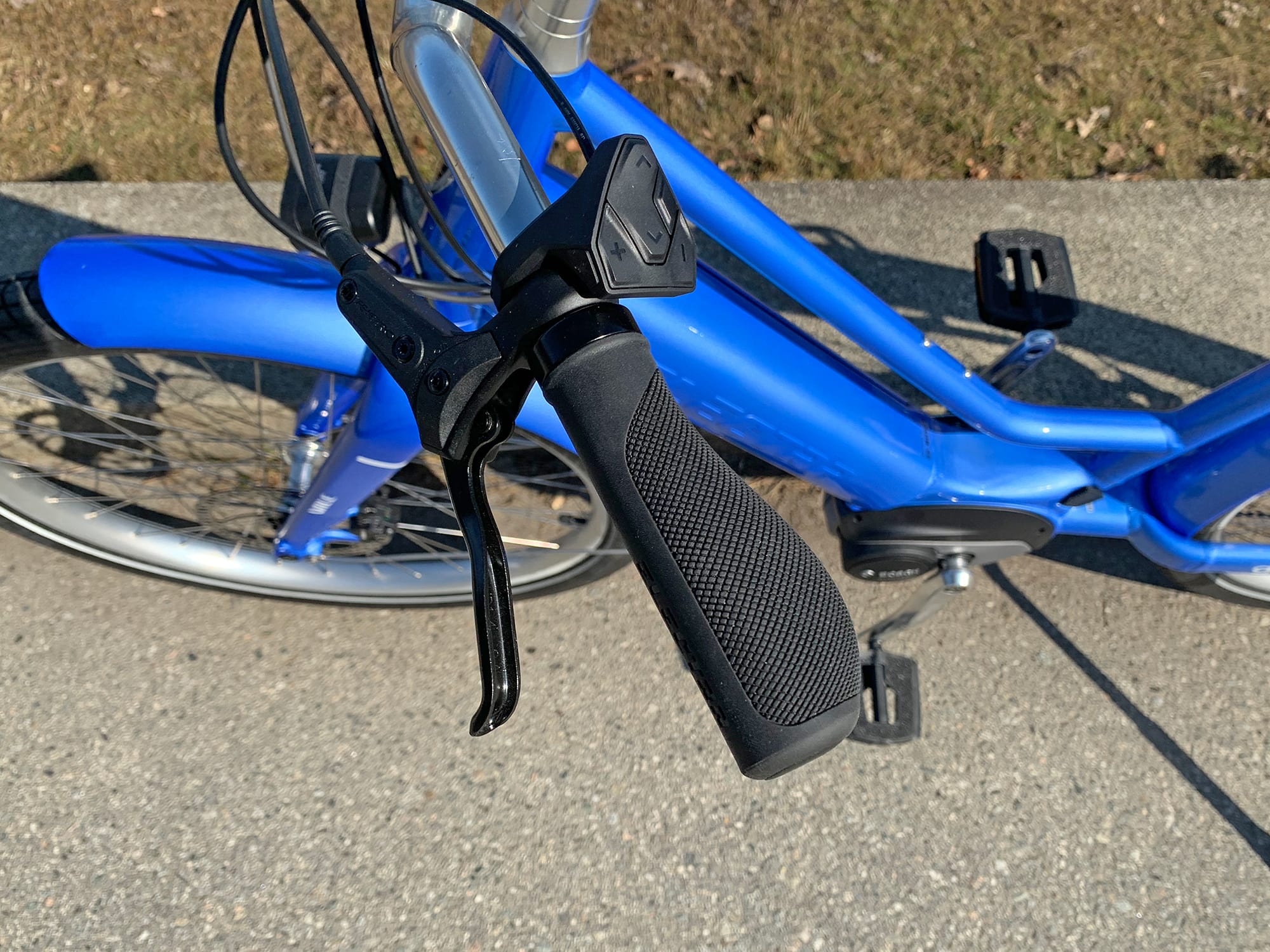
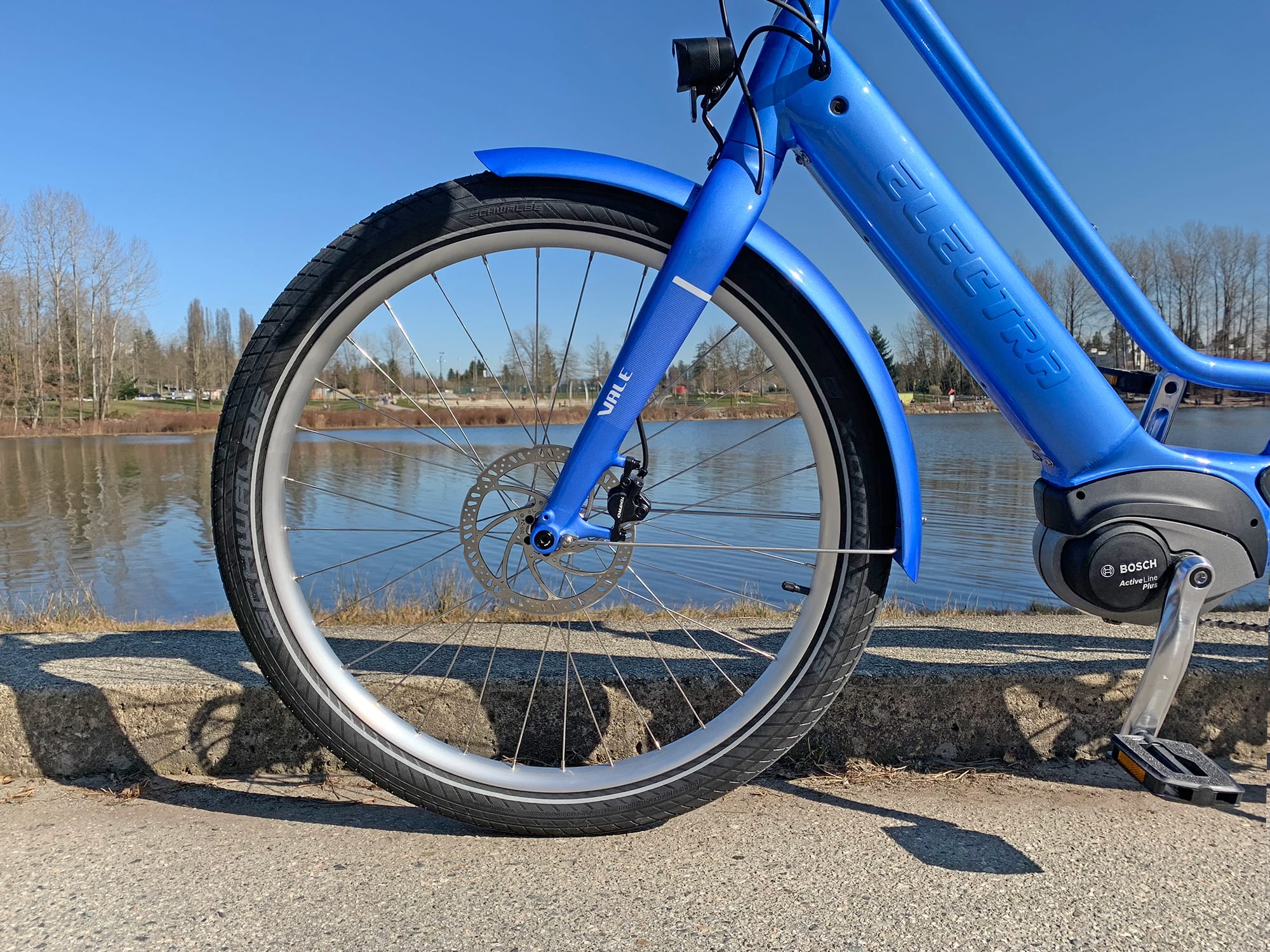
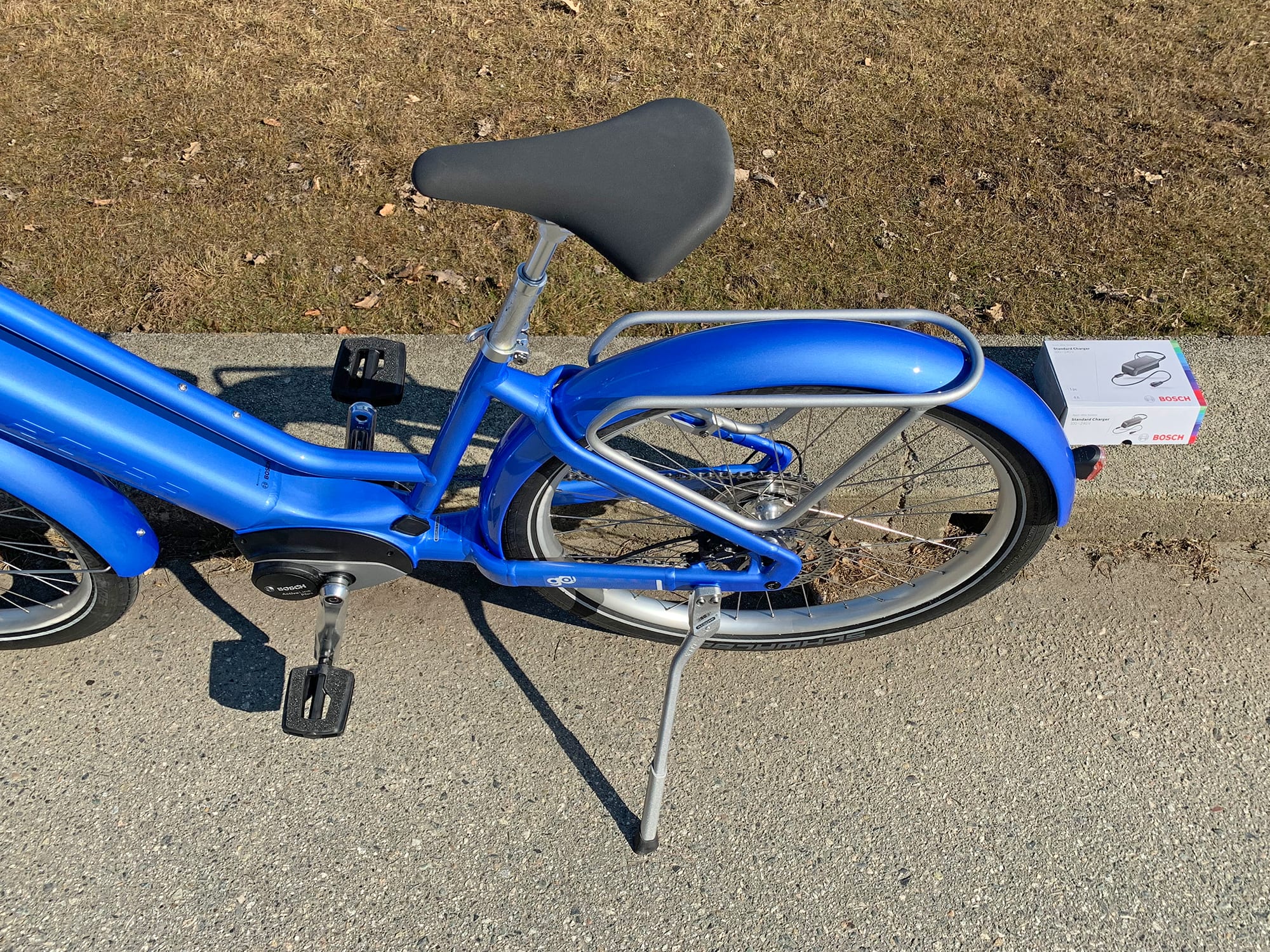
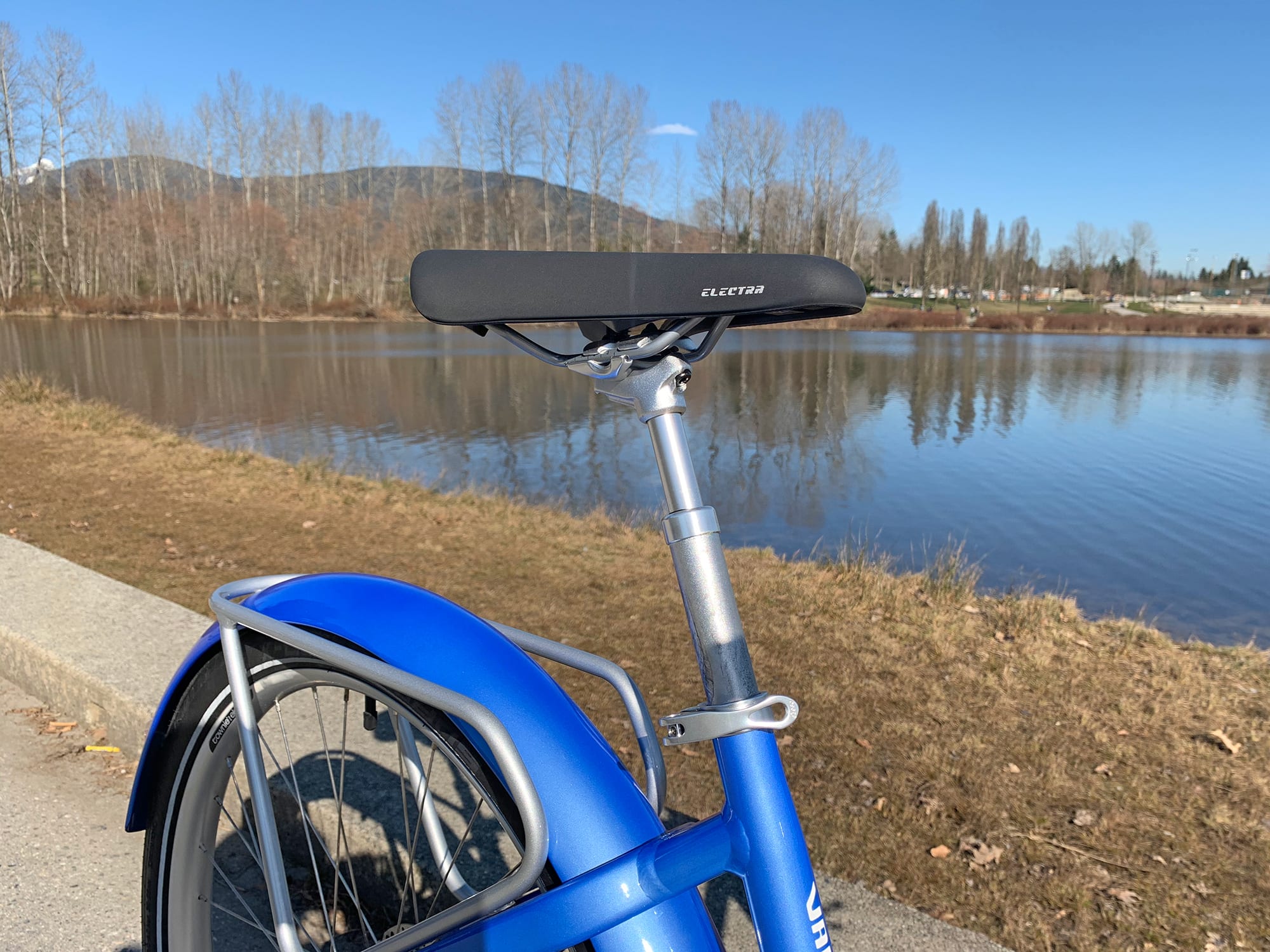
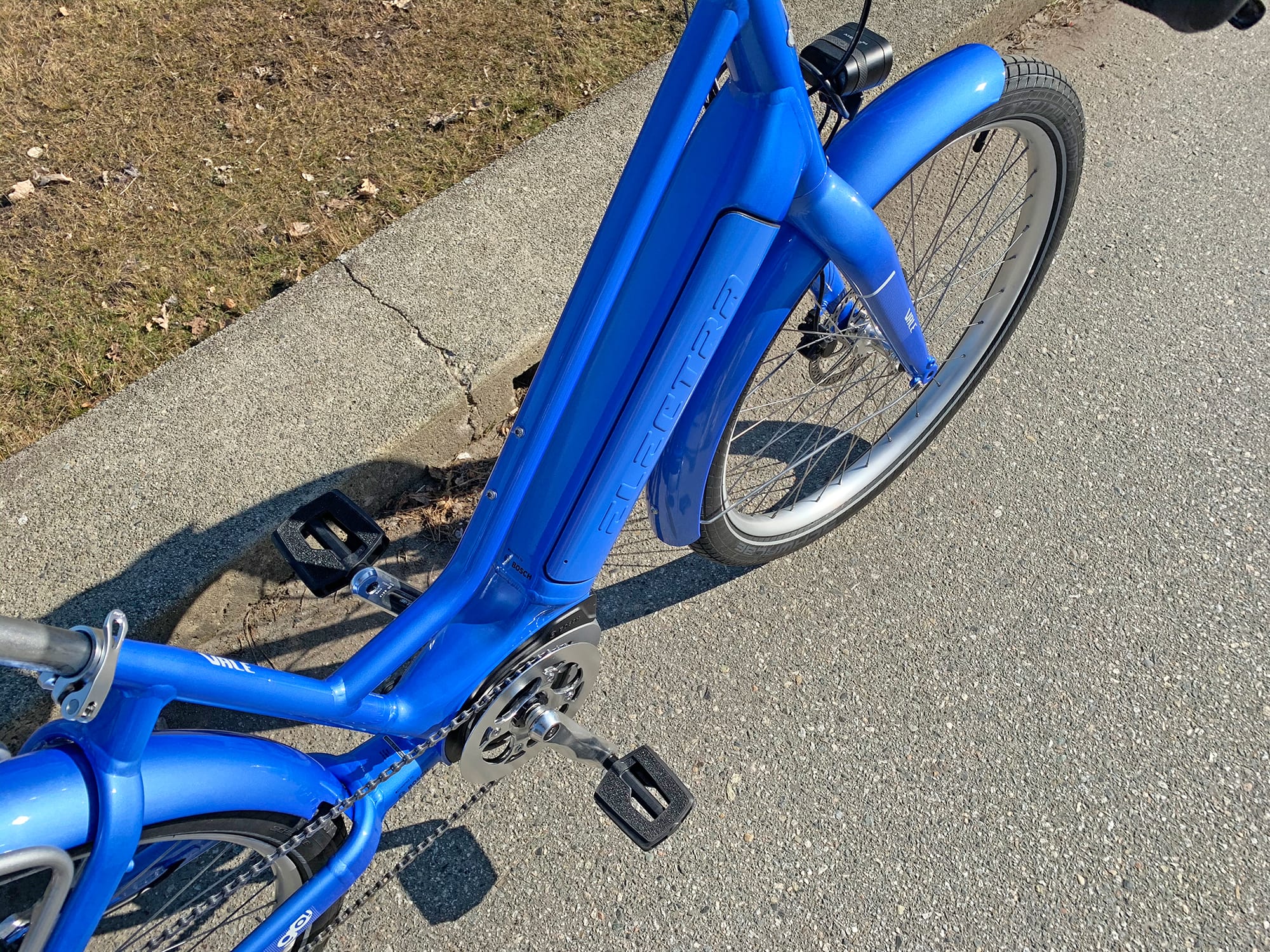
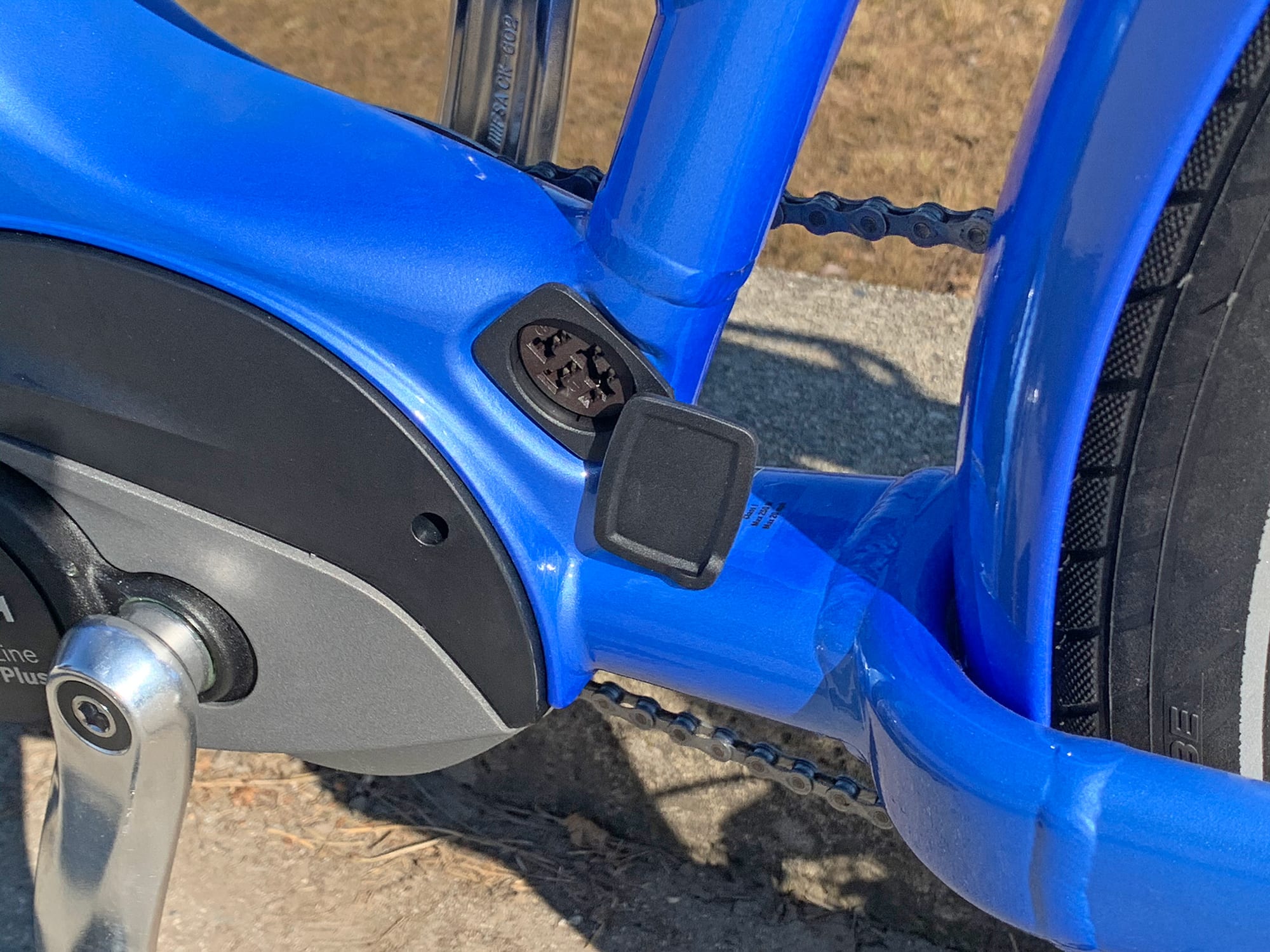
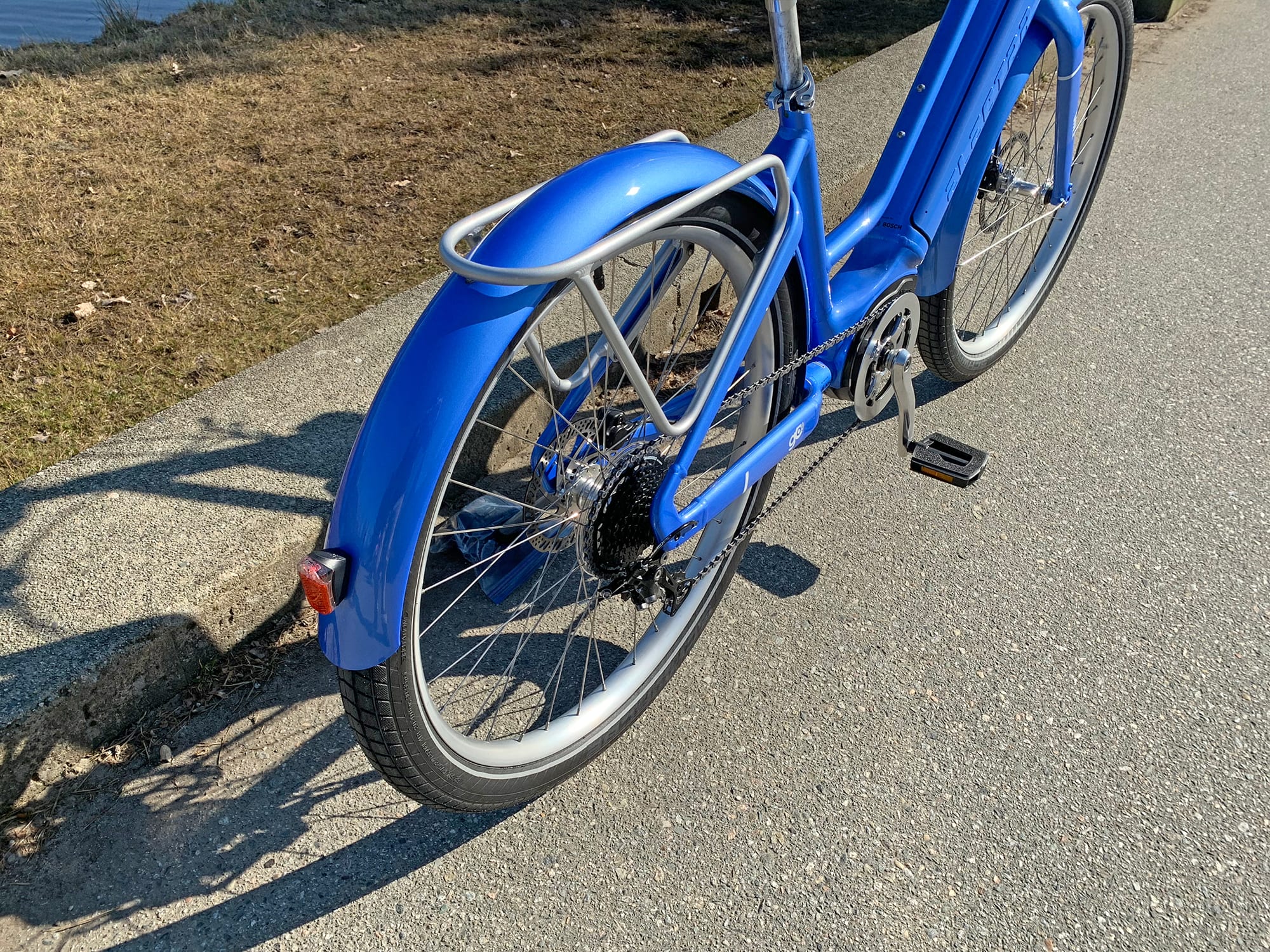
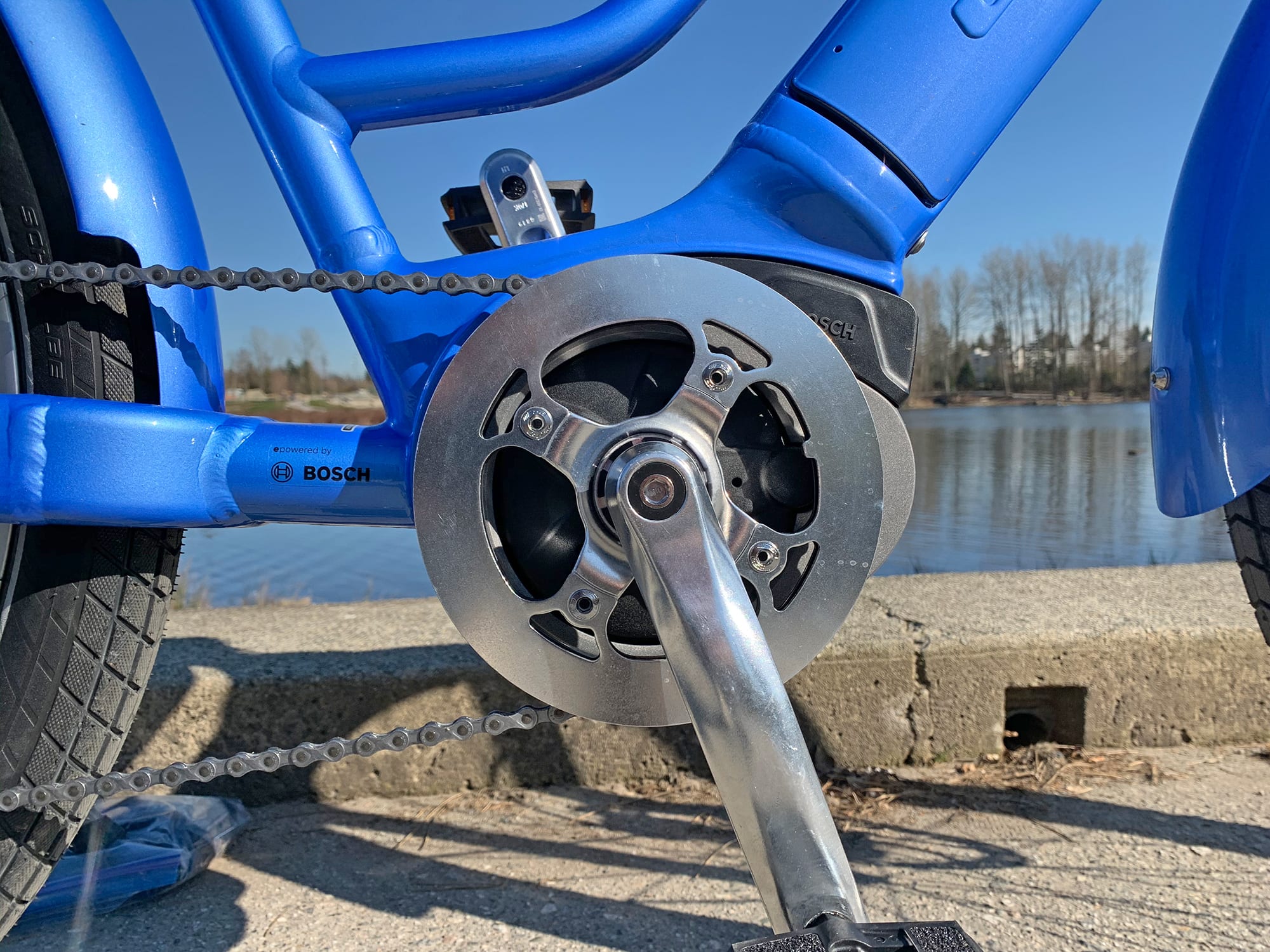

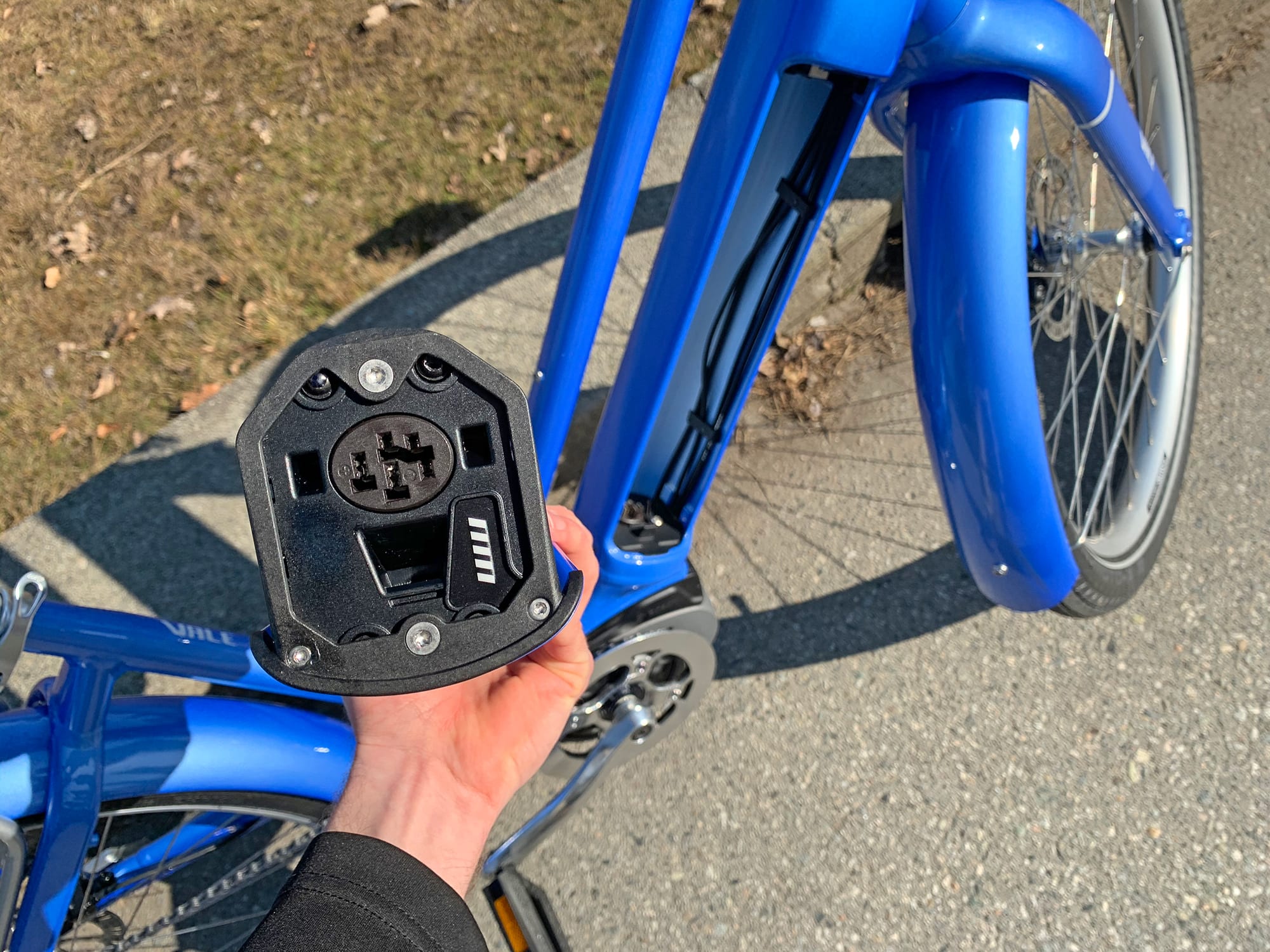
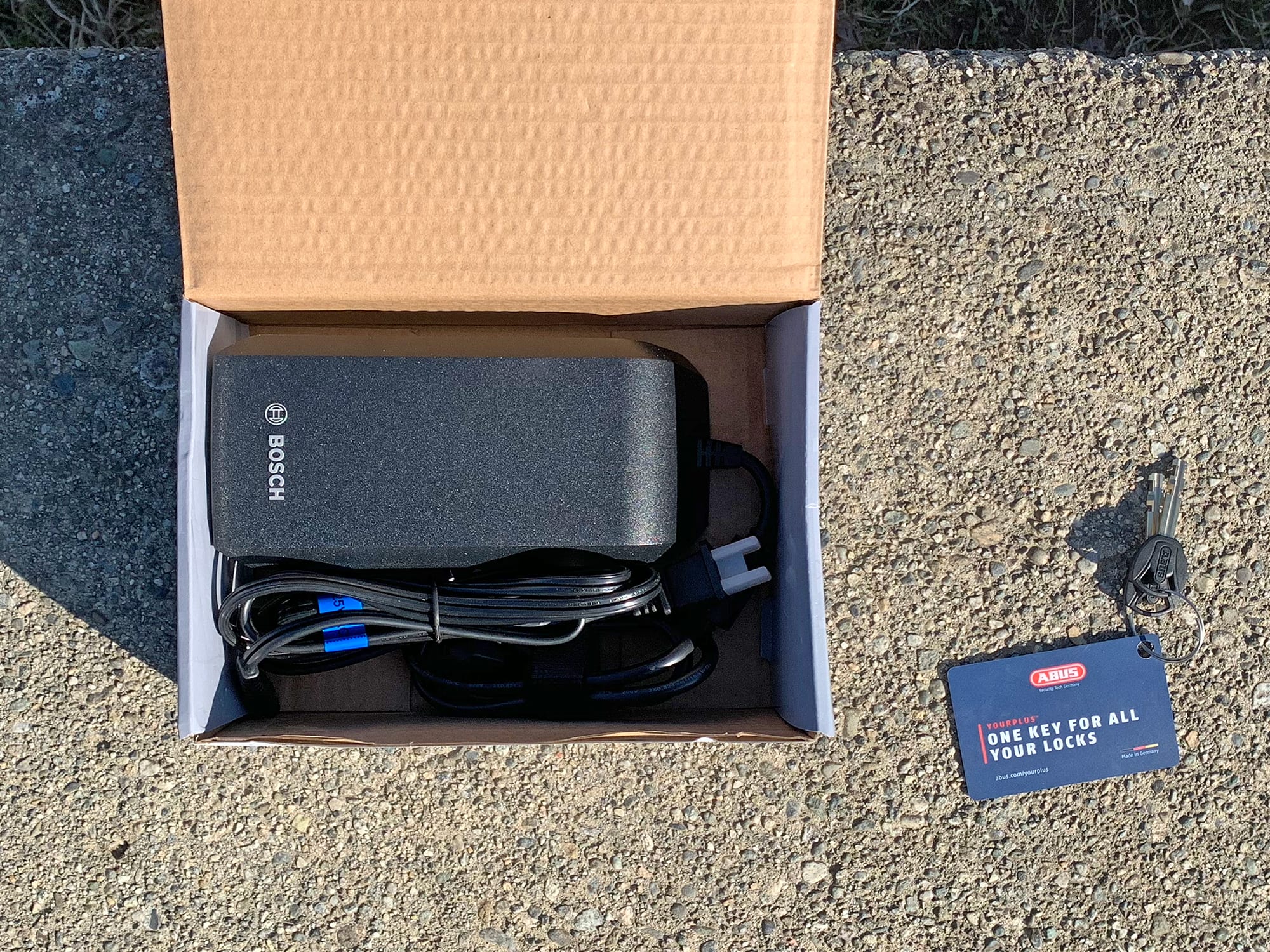
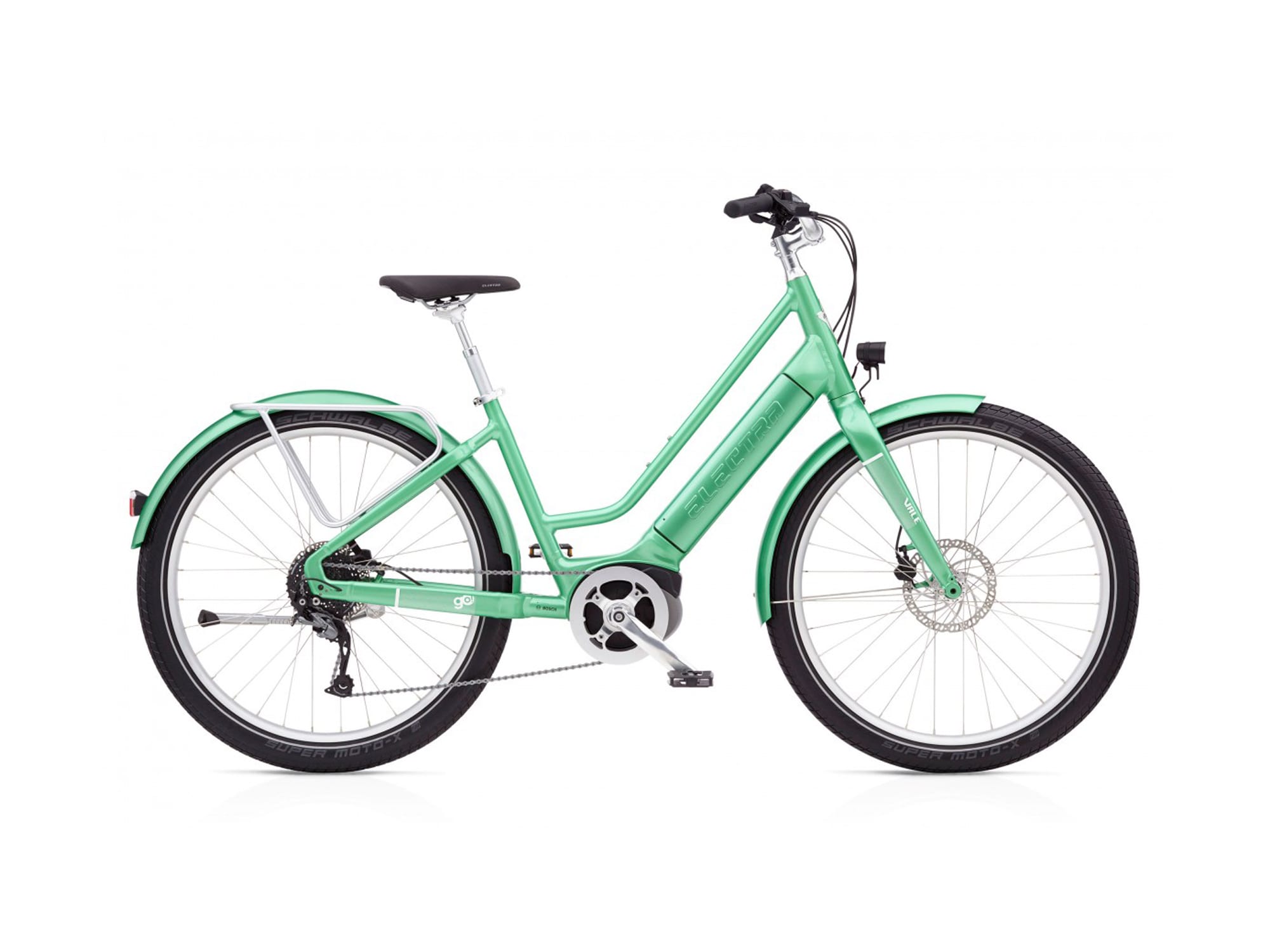
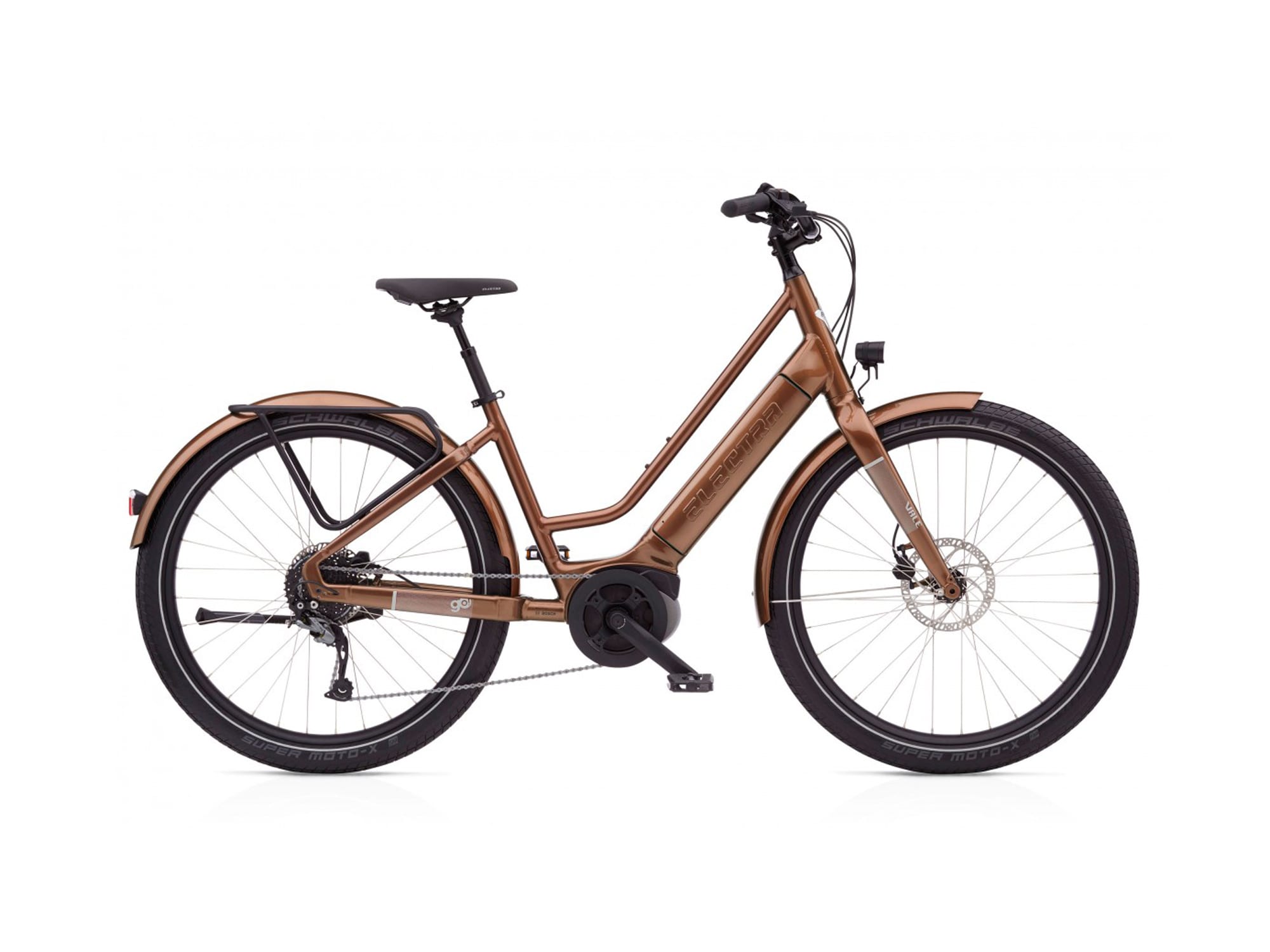

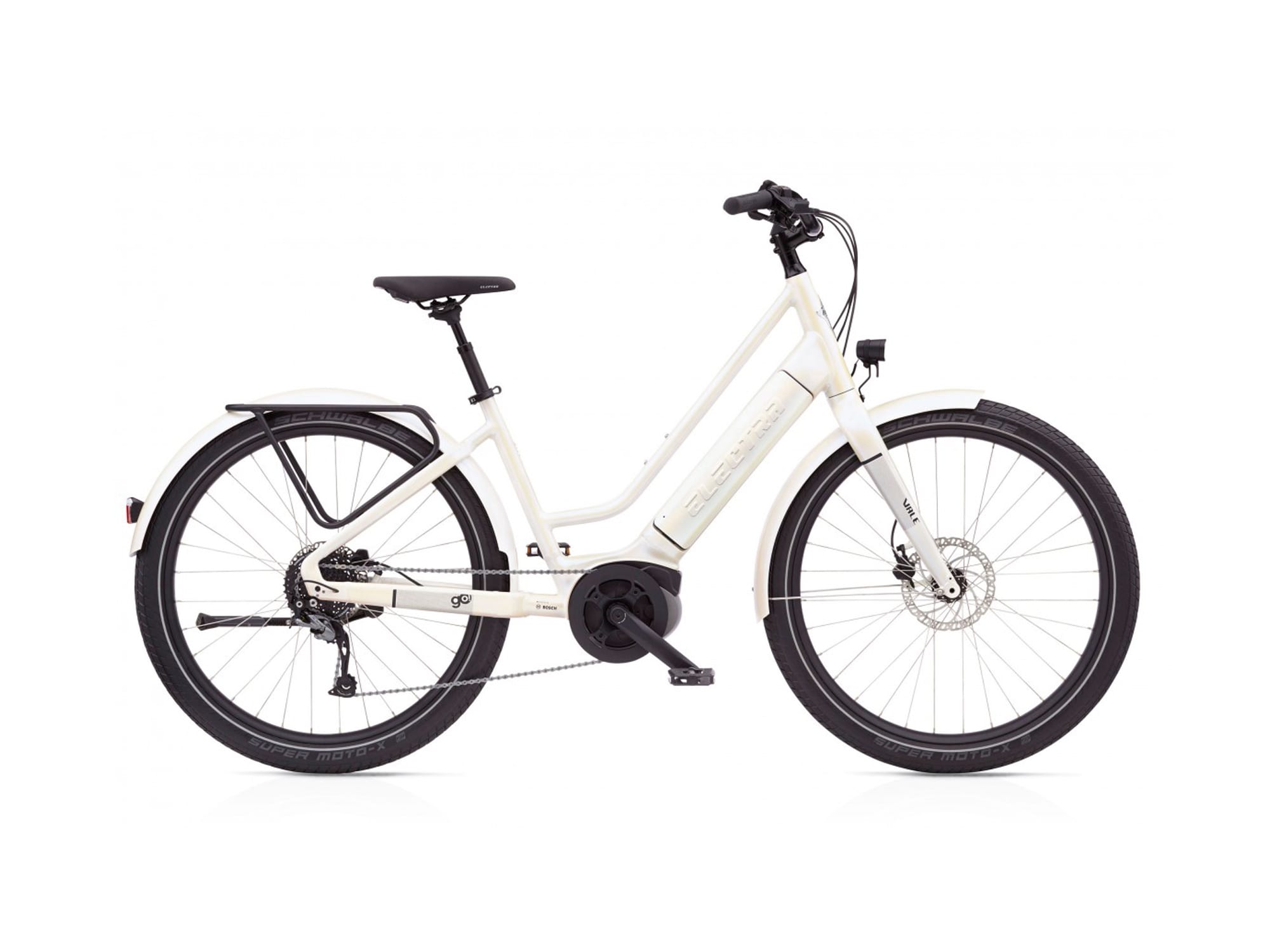
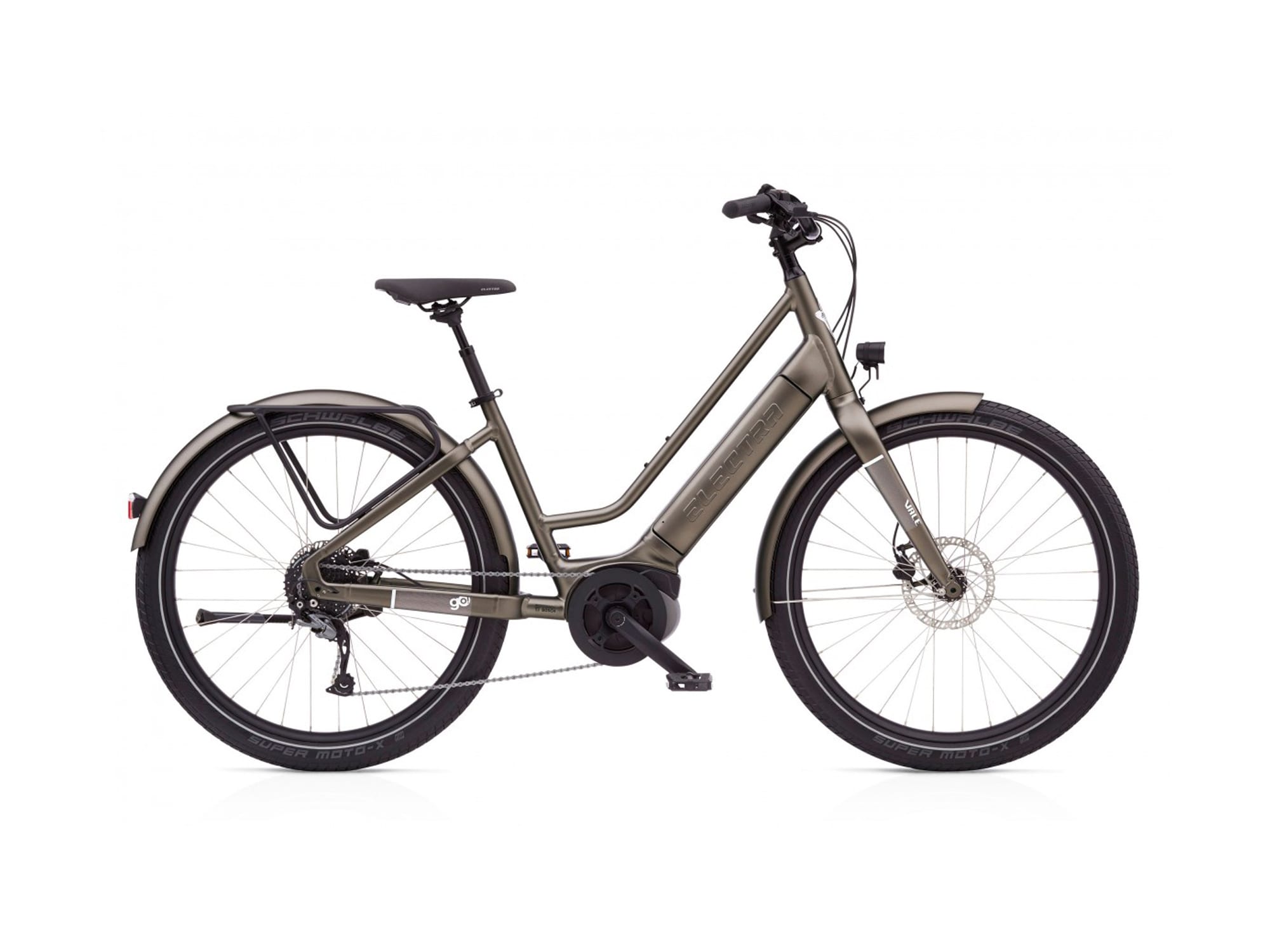
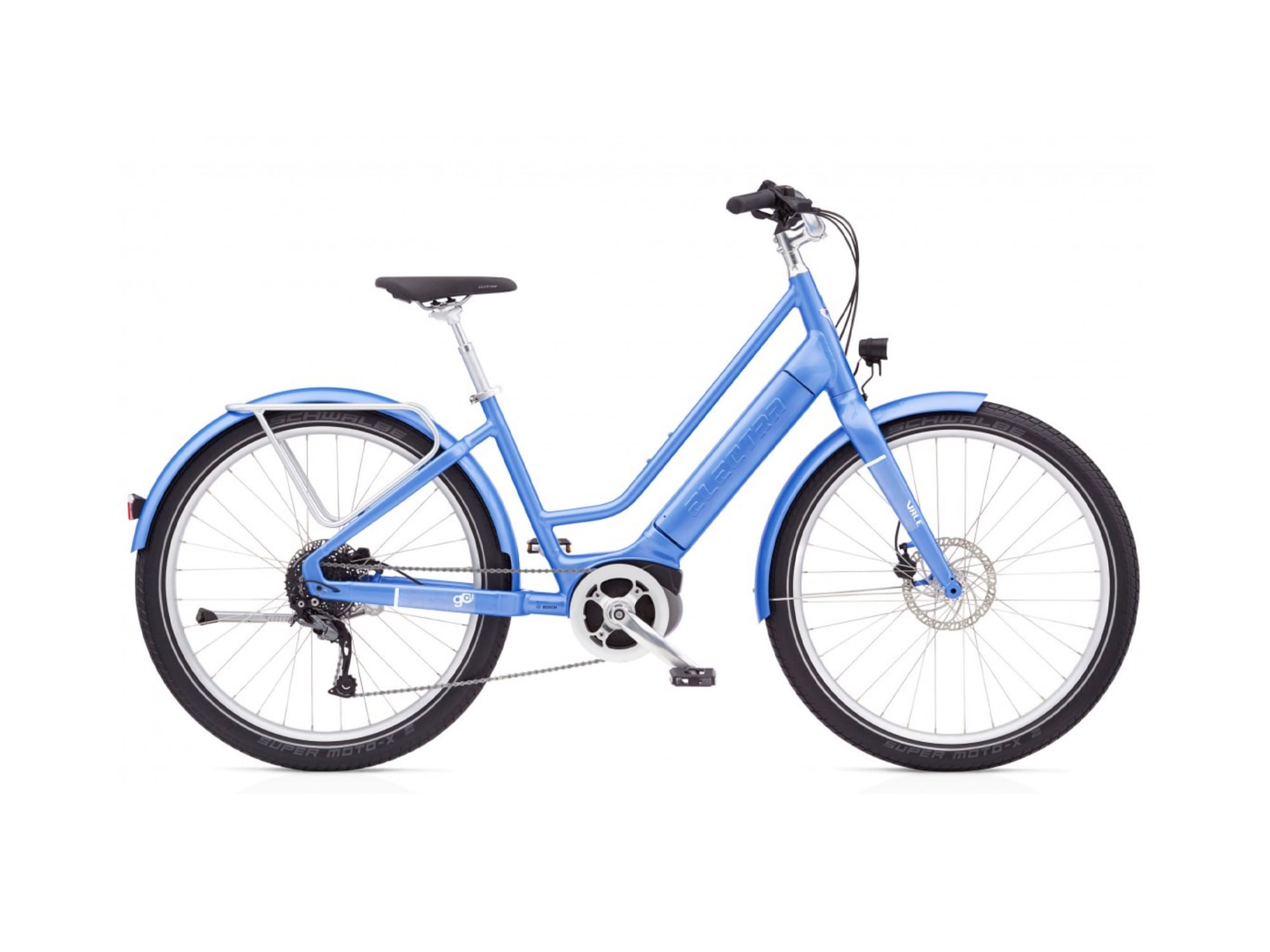

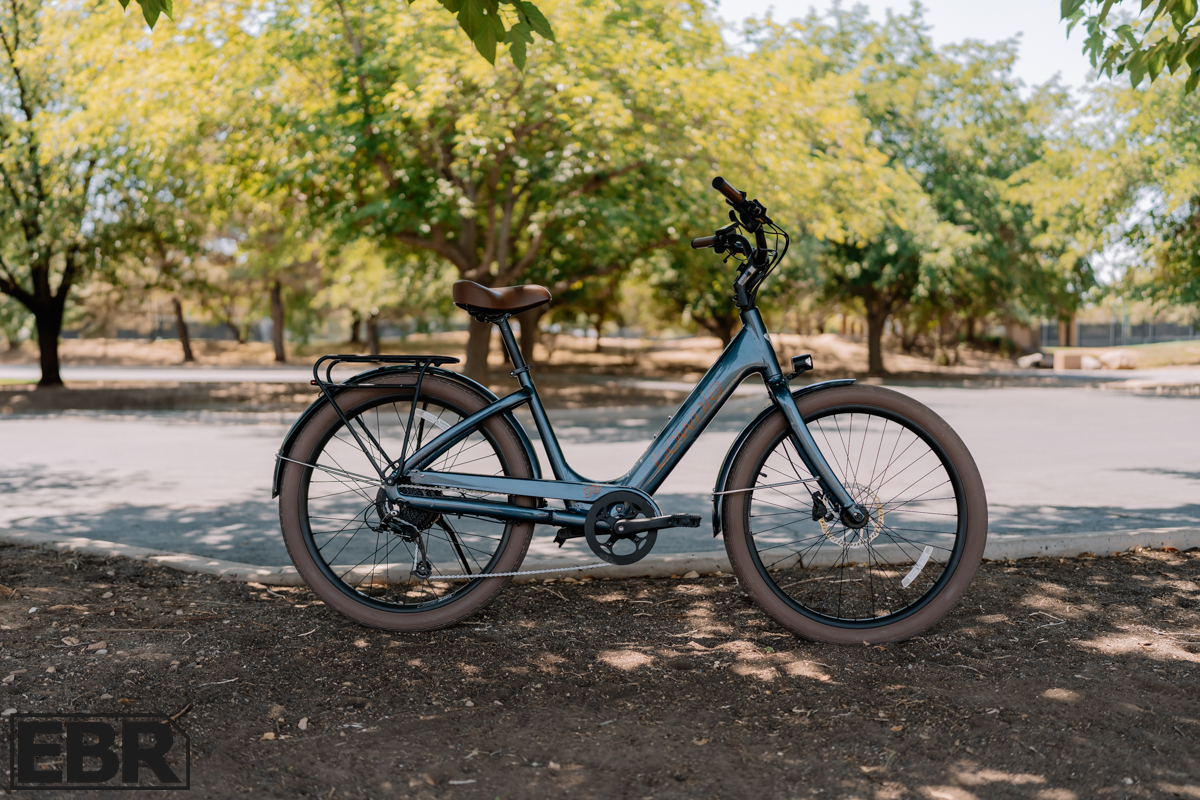
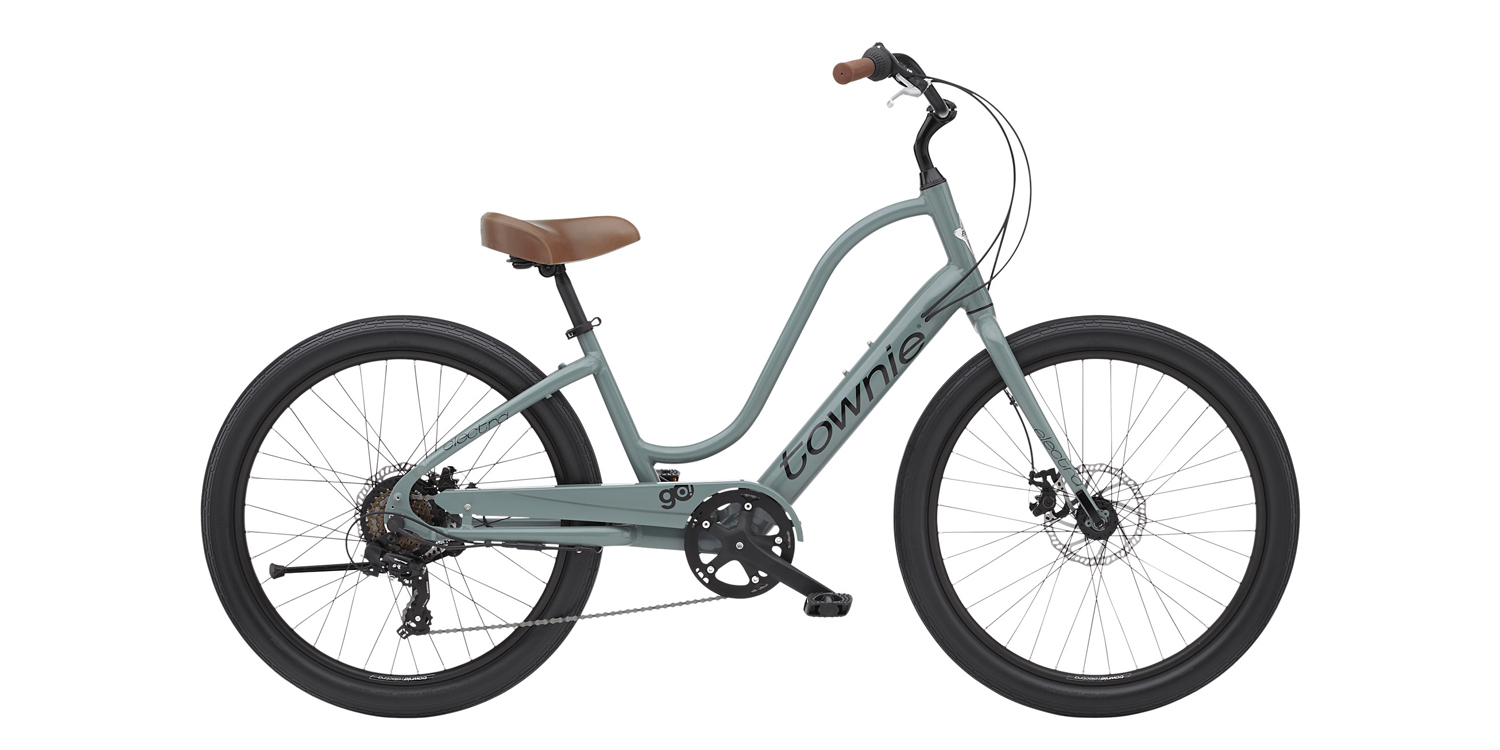
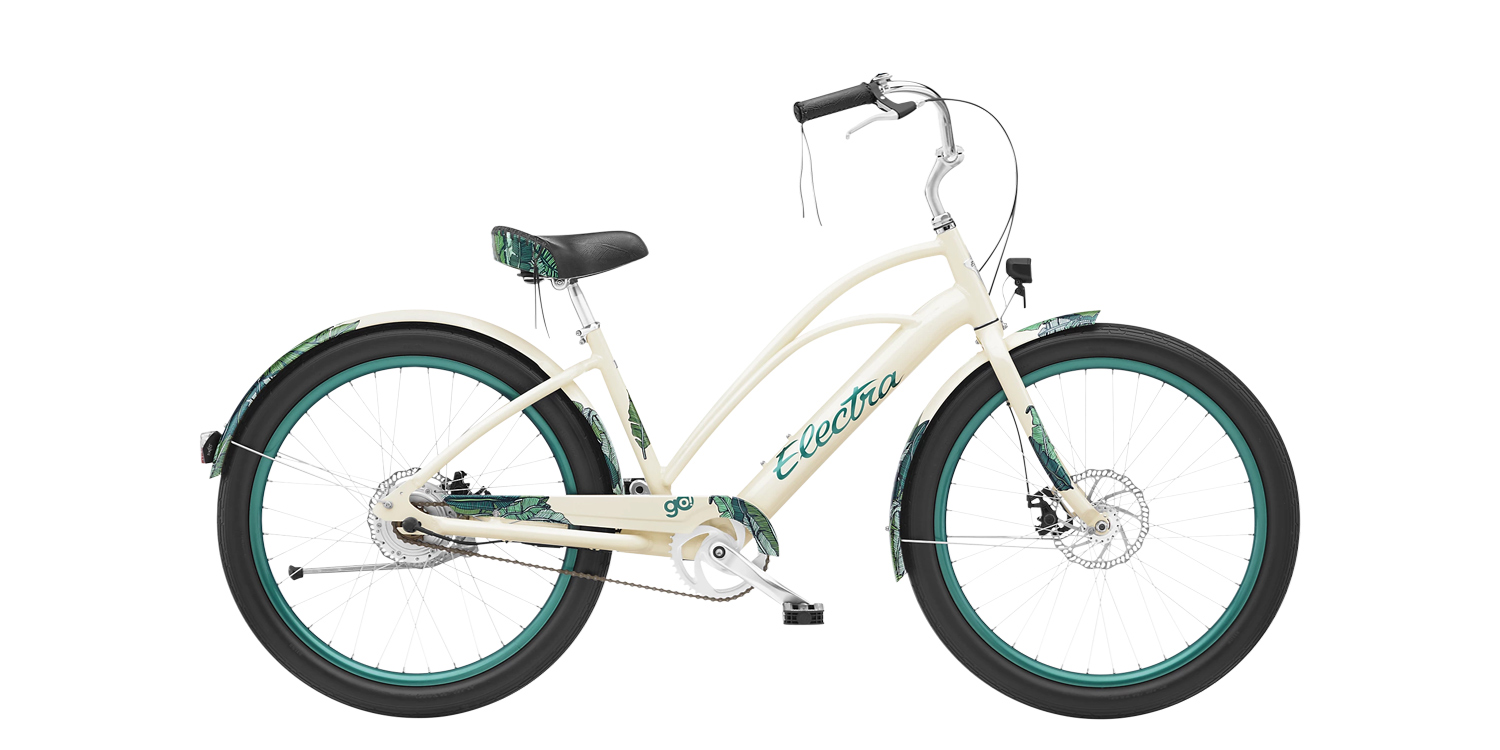
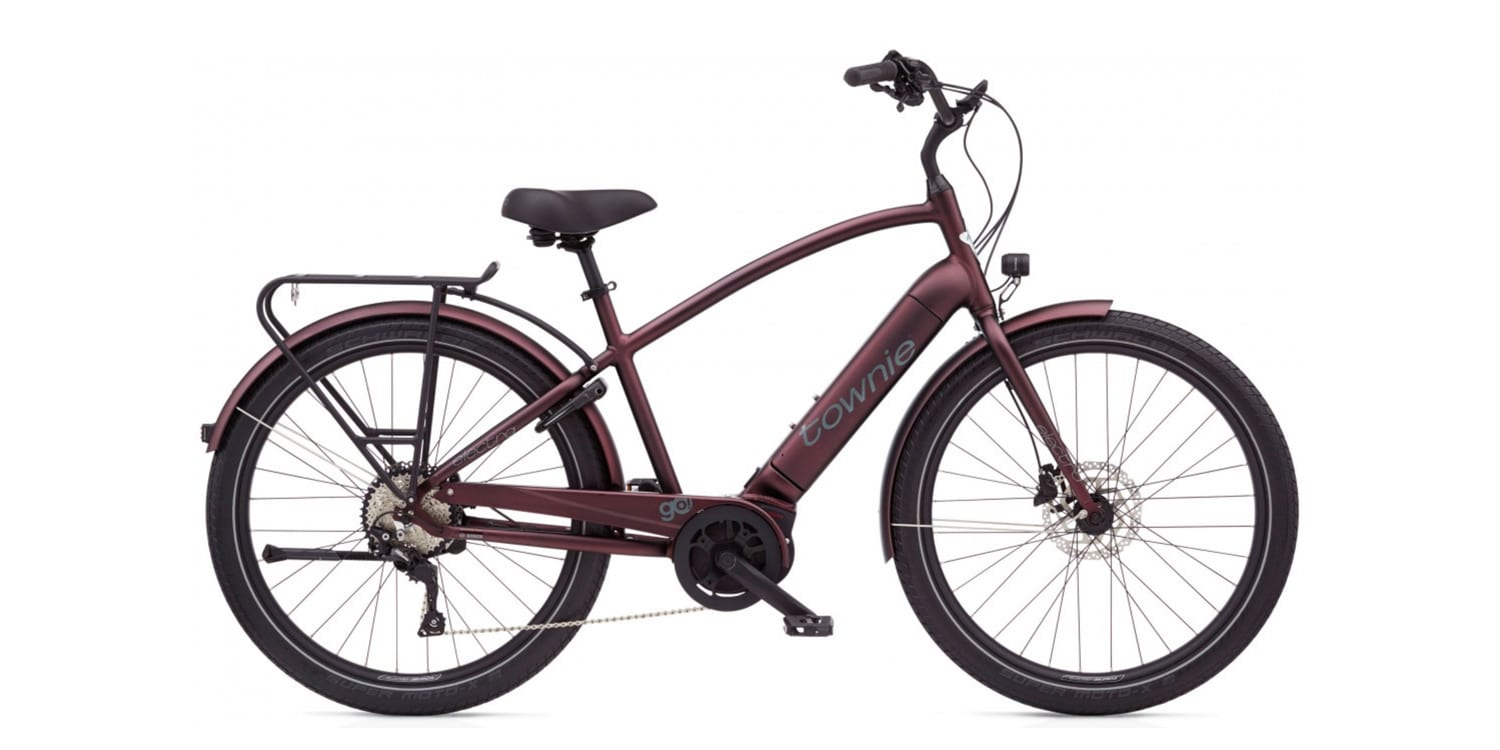
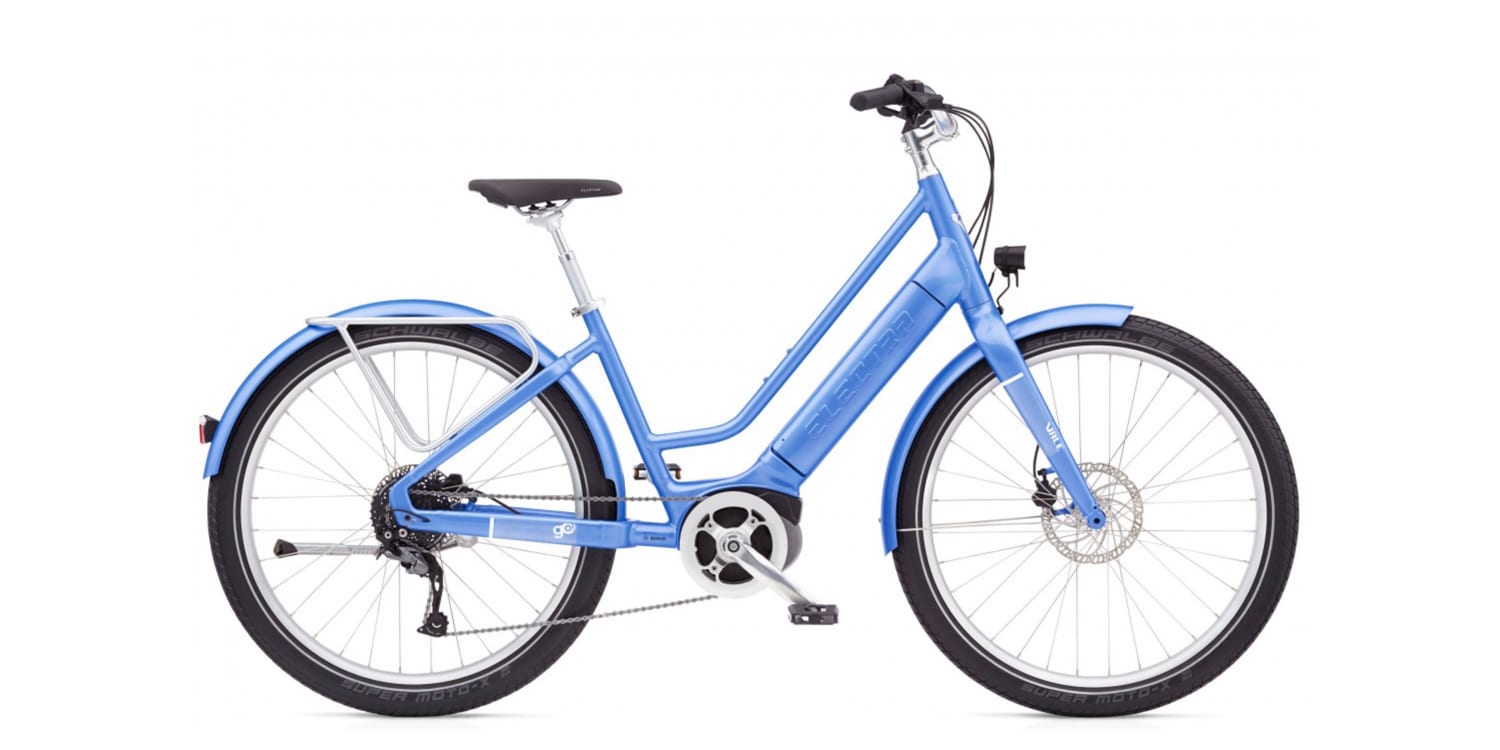
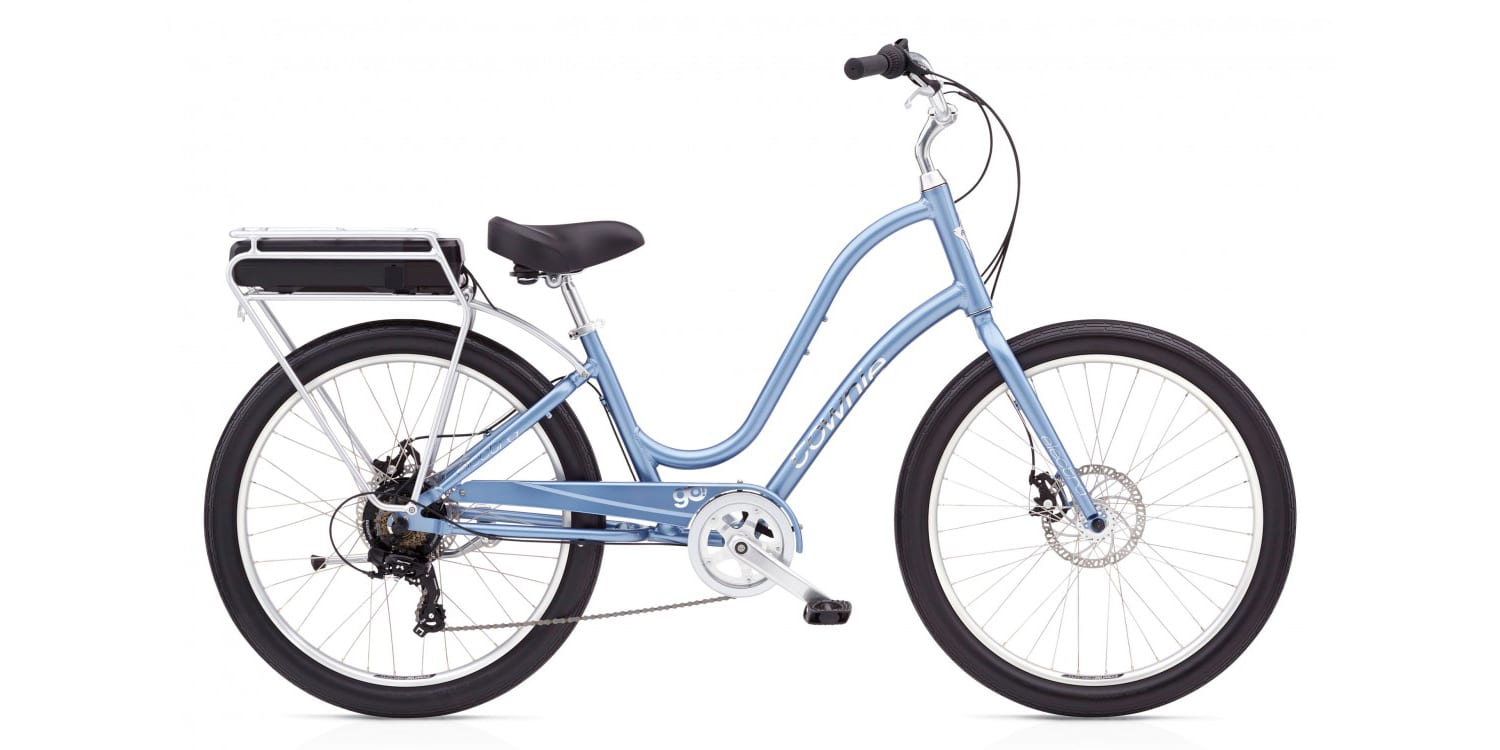
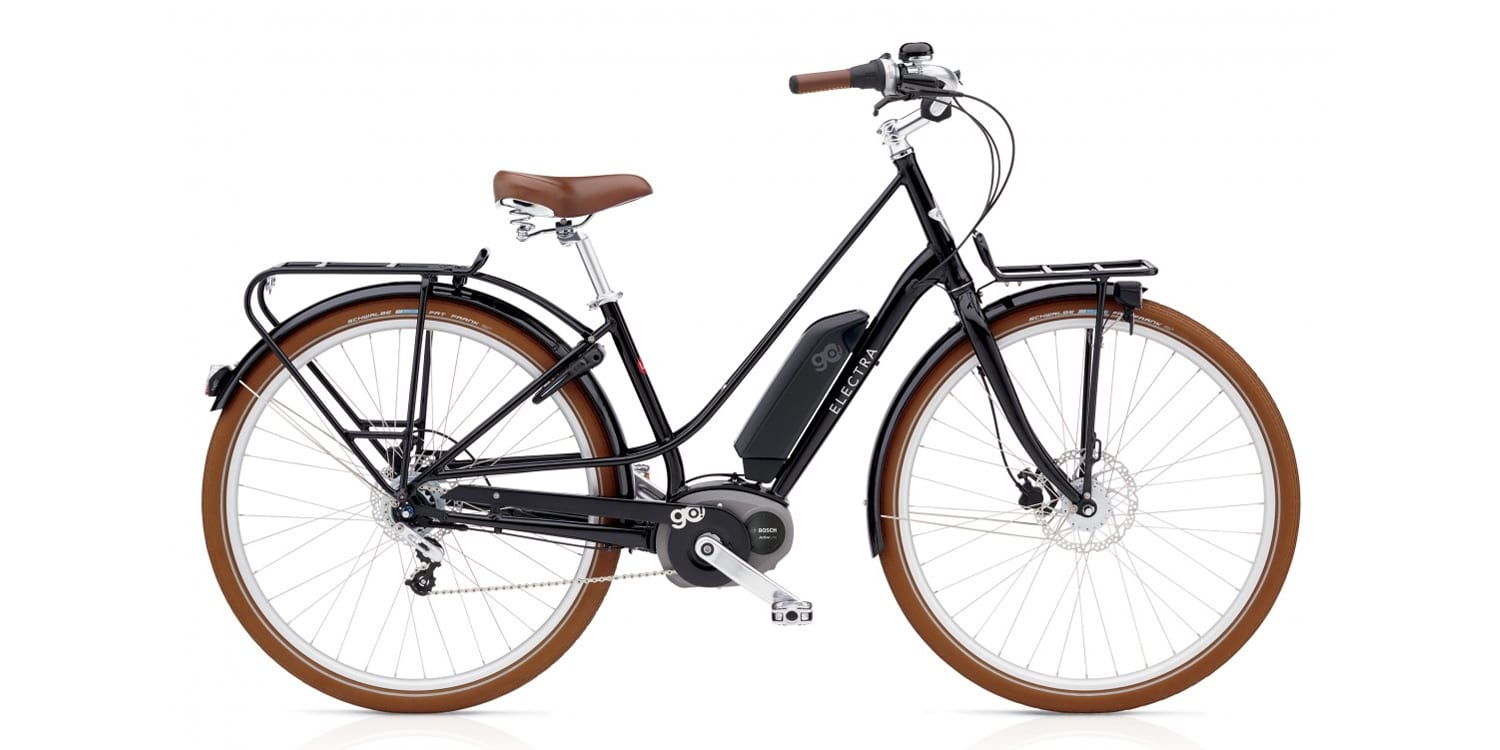
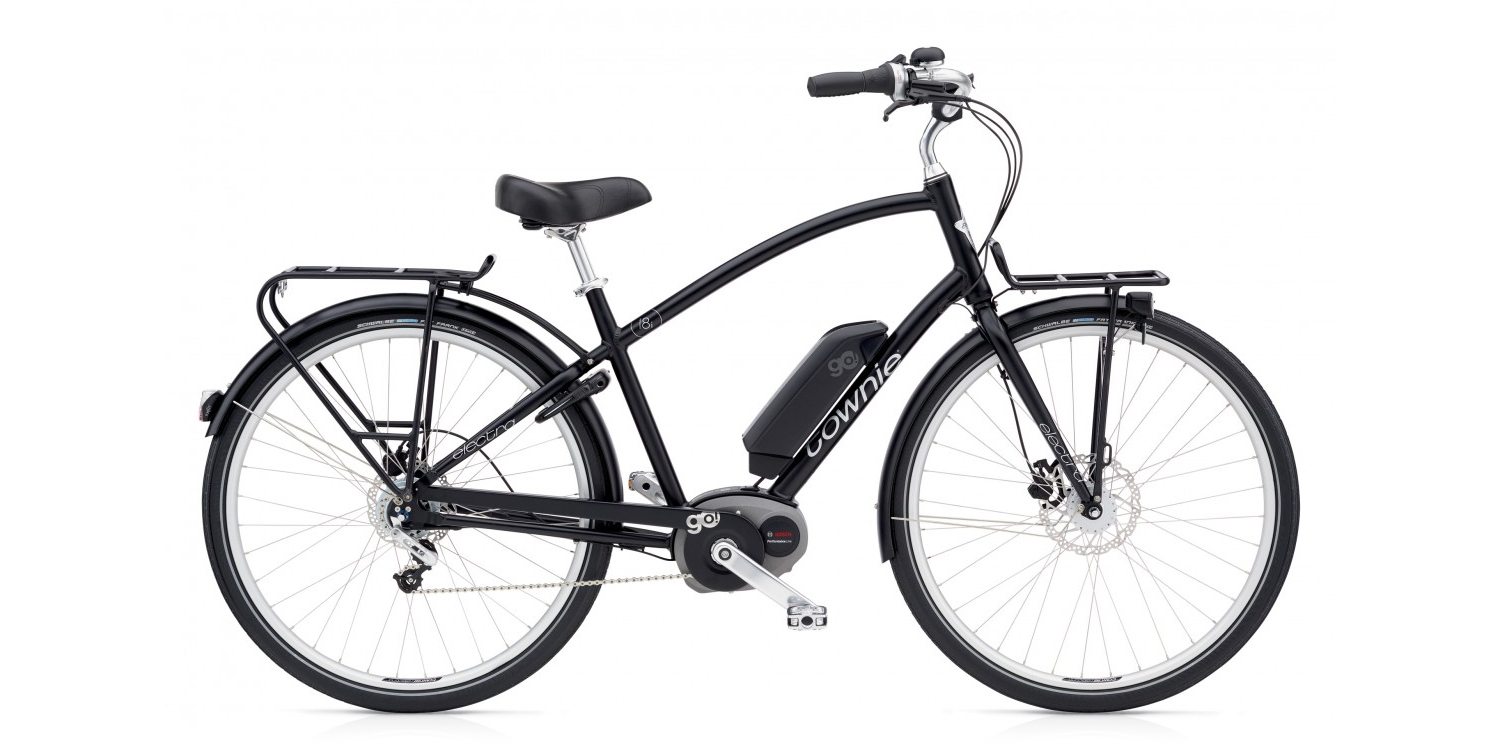
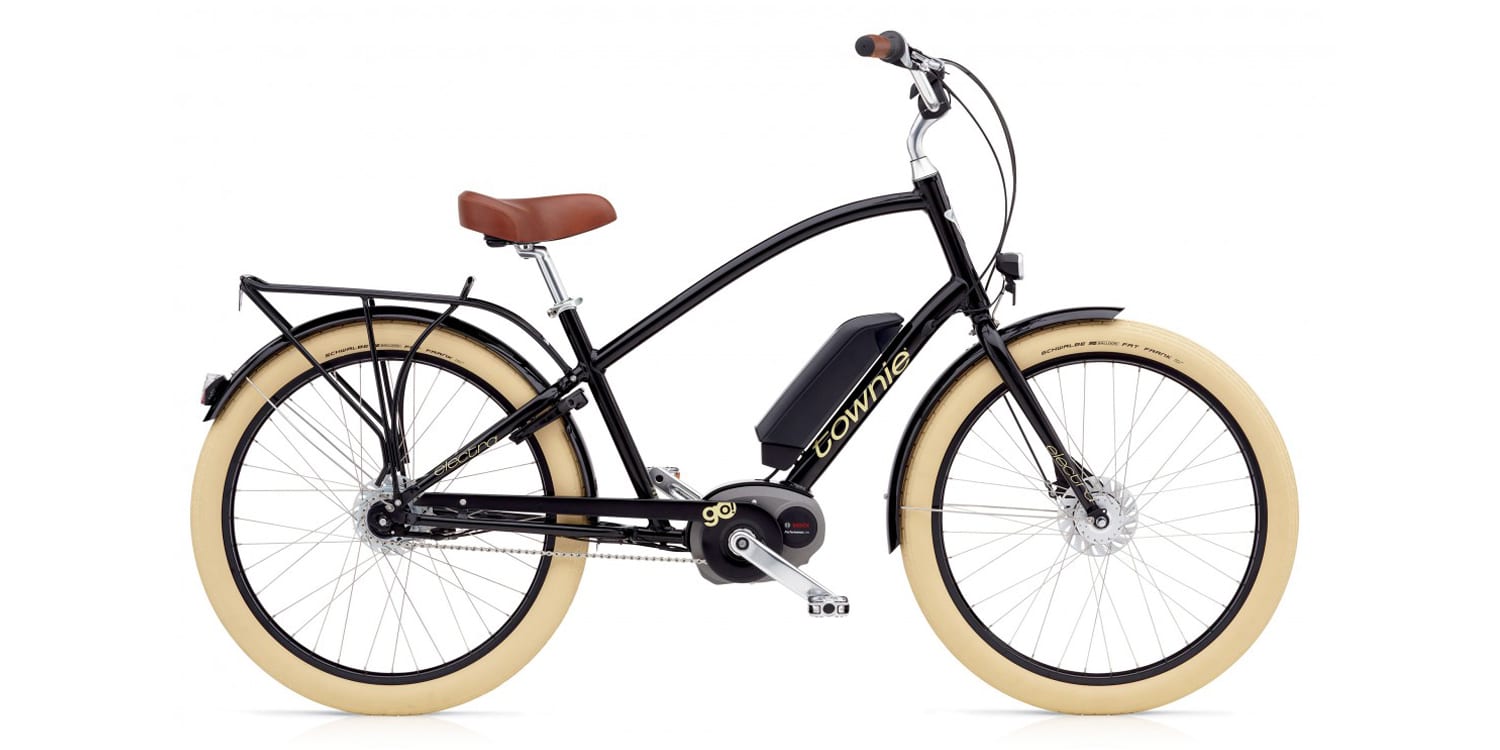
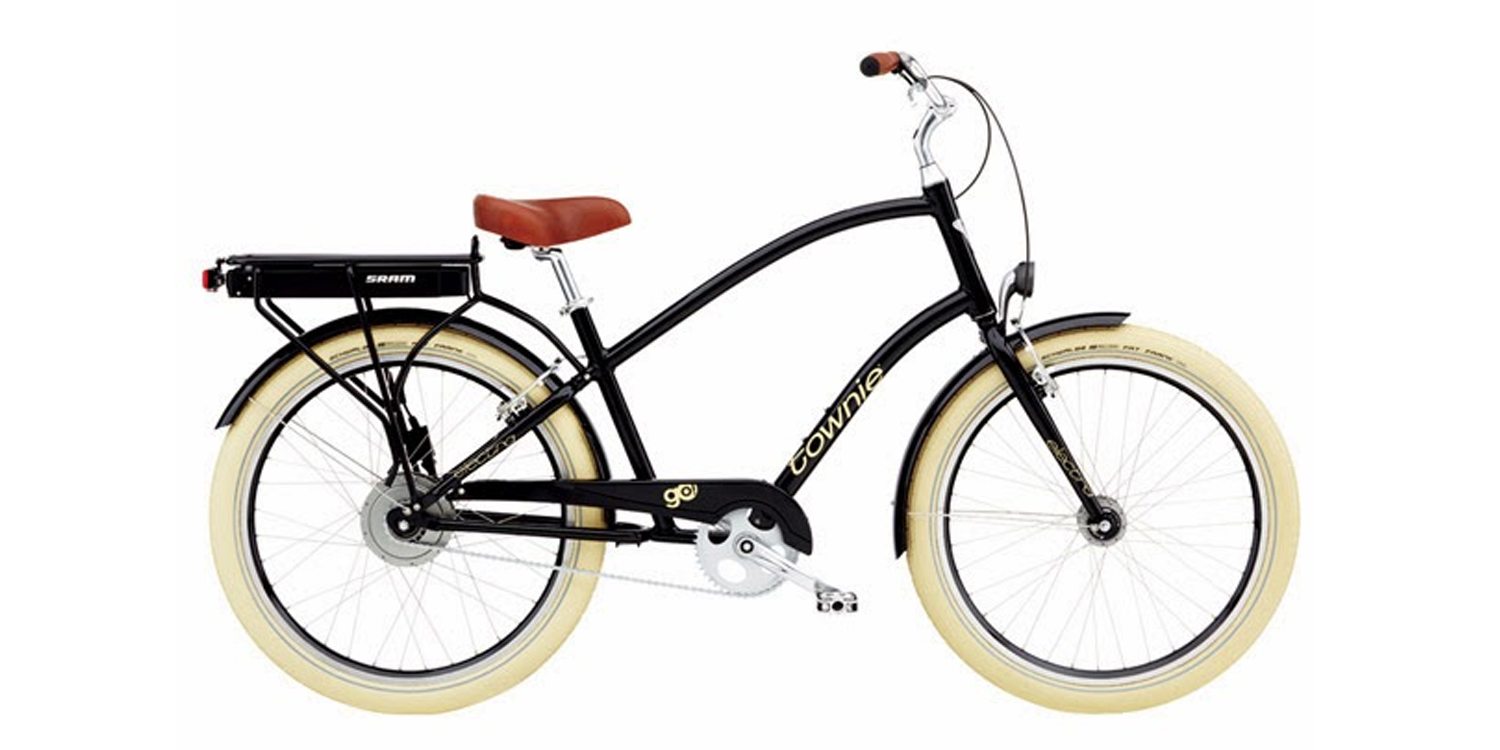
Blasst says
Hi Court,
Thanks for doing this review, it helps to have other things to read right now. Keep up the great work.
Court says
Hey Blasst! Sure thing, I’m working on the Electra Path Go! next, should be live soon :D
Blasst says
I know most people comment on the youtube video review, but all your hard work is appreciated.
Court says
Thanks! I really appreciate your supportive words. My goal here is to be objective and thorough so people really can find the truth about bikes and decide between two or more models. Whatever we’re riding, biking is fun and healthy, so I’m thankful to get to work in this space :D
Jason Aaron Fager says
I bought one of these around Halloween 2019 and have put close to 500 miles on it. I was about sold on the Townie 8i, but the shop ordered a Vale specifically for me to try out and it just ended up putting a bigger smile on my face.
When I bought it, I was 5’11” 365 lbs and I hadn’t ridden a bike in over 30 years, so I was concerned about durability and the motor being strong enough to haul me up hills. So far, the motor has helped me up all but the steepest grades and it’s only needed one truing due to loose spokes (shortly after I got it) and one spoke replacement.
The shop swapped the stock saddle for a Townie saddle, which I found vastly more comfortable. I had them replace the pedals with mountain bike pedals which helped a lot since I have penguin feet and gave me more stability when standing up.
The rear rack is definitely questionable and I couldn’t fit the trunk bag my wife got me for Christmas onto it without a struggle. The suspension seat post is more distracting than anything else, though I’m sure it wasn’t designed for a rider my size so I can’t really fault it for that. I had some problems with my baggier pant cuffs getting caught in the chain and ripped up by the motor. The US version of the bike doesn’t come with the chain guard pictured on the European site, but the factory shipped one to the shop at no charge and they were able to attach it fairly easily. I tried to get an ABUS cafe lock, but despite the mounting points on the frame, it doesn’t look like anything in the ABUS range actually fits over the rear fender.
Biggest problem I had with the bike is the battery compartment. It was finicky right out of the box and within a month I was having issues with the battery getting stuck in the frame or the key getting stuck in the lock. Took it back to the shop and we ended up breaking the key in half trying to get it apart. They finally got it apart and shifted some things around and now it works reliably, but the battery isn’t lined up with the frame the way you’d expect and I don’t know if it will end up having similar problems in the future after it’s bounced around on the trails for a while.
Court says
Wow! Your comment is gold, thank you so much Jason! It’s really interesting to read about your experience with the bike and I REALLY appreciate you sharing your body stats, so we can relate that to bike performance. It’s awesome that the bike feels capable, and that you’ve only had a loose and broken spoke. This is something I’ve heard from other larger riders too, the spokes tend to get loose a bit easier. Good for you having such a great relationship with the shop. I’m glad they were able to get a chain cover for you. Have you tightened the preload on the suspension seatpost? Just take it out of the seat tube, and look in the base. You can use a hex key tool to tighten the preload so it will feel more steady (if it’s bouncy or soft for you right now). Interesting to hear that the battery interface has also been a little tricky, but so glad they got it working right for you! Perhaps your bike was one of the very first and just had a couple of small things that they have since corrected. In any case, reading your comment made me smile :D
Yann says
Hi Court,
I was wondering since you tested both the Allant+ 7 (low step for my wife) and this Vale Go, which you’d recommend for family recreational rides on small roads and light trail/gravel path?
Thanks a lot
Yann
Court says
Hi Yann! I think the Trek Allant +7 offers more utility with the full rear rack (top mountable) and the suspension fork. It looks pretty close in terms of price, and I think you’d get more utility… but the style of the Electra Vale Go is very nice, so that might play a role. The final point for me is that the Allant has a more powerful Bosch motor :)
Stephen says
I wanted to get the Allant+ 8s. I even test rode it. Coming from a Trek Verve 2 Lowstep, I felt more hunched over. I liked everything about the Allant, except for that “sporty” leaning stance. Seeing that I felt a bit dejected, the Trek store pulled out the Electra Vale Go 9 S for me. It looked fantastic. I test rode. I liked the more upright riding stance. I bought it. After riding for an hour, I realized the seat had to go. I got the same brand, but larger, and with springs — ordered from Am Azon. It is better. Seat post still seems off, probably because I am 6′ and 300 lbs.
Overall I like this bike — like the display, love how it connects to phone and maps my ride. Even at my weight, I can get about 25 miles per hour with pedal assist. Any faster, is scary, anyway. I was really sold on the support channel of Trek and Bosch. I feel there will be bike parts and battery parts for many years to come.